Advances in Pure Mathematics
Vol.3 No.3(2013), Article ID:31227,7 pages DOI:10.4236/apm.2013.33046
On ![]() -Reconstruction Property
-Reconstruction Property
Department of Mathematics, University of Delhi, Delhi, India
Email: lalitkvashisht@gmail.com, geetika1684@yahoo.co.in
Copyright © 2013 Lalit Kumar Vashisht, Geetika Khattar. This is an open access article distributed under the Creative Commons Attribution License, which permits unrestricted use, distribution, and reproduction in any medium, provided the original work is properly cited.
Received January 17, 2013; revised February 20, 2013; accepted March 15, 2013
Keywords: Frames; Banach Frames; Retro Banach Frames; Reconstruction Property
ABSTRACT
Reconstruction property in Banach spaces introduced and studied by Casazza and Christensen in [1]. In this paper we introduce reconstruction property in Banach spaces which satisfy ![]() -property. A characterization of reconstruction property in Banach spaces which satisfy
-property. A characterization of reconstruction property in Banach spaces which satisfy ![]() -property in terms of frames in Banach spaces is obtained. Banach frames associated with reconstruction property are discussed.
-property in terms of frames in Banach spaces is obtained. Banach frames associated with reconstruction property are discussed.
1. Introduction
Let 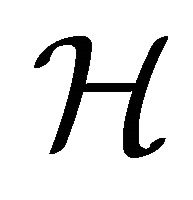 be an infinite dimensional separable complex Hilbert space with inner product
be an infinite dimensional separable complex Hilbert space with inner product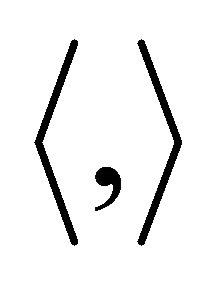 . A system
. A system 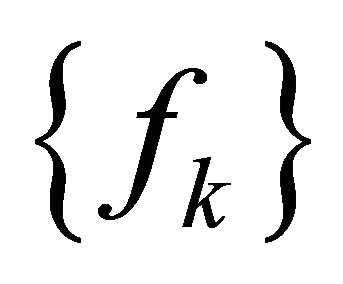
 called a frame (Hilbert) for
called a frame (Hilbert) for 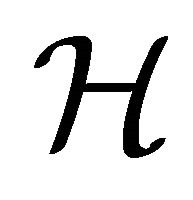 if there exists positive constants A and B such that
if there exists positive constants A and B such that

The positive constants 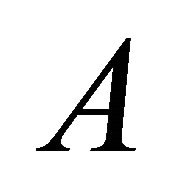 and
and 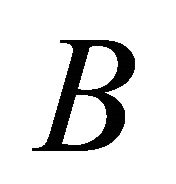 are called lower and upper bounds of the frame
are called lower and upper bounds of the frame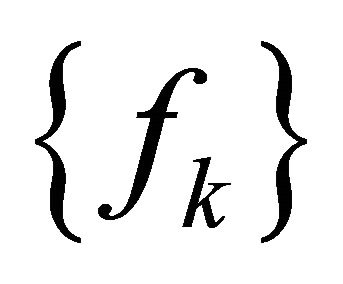 , respectively. They are not unique.
, respectively. They are not unique.
The operator  given by
given by
![]() is called the synthesis operator or pre-frame operator. Adjoint of T is given by
is called the synthesis operator or pre-frame operator. Adjoint of T is given by
 ,
,  and is called the analysis operator. Composing
and is called the analysis operator. Composing ![]() and
and  we obtain the frame operator
we obtain the frame operator  given by
given by
 . The frame operator S is a positive continuous invertible linear operator from
. The frame operator S is a positive continuous invertible linear operator from  onto
onto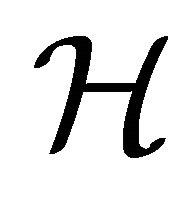 . Every vector
. Every vector 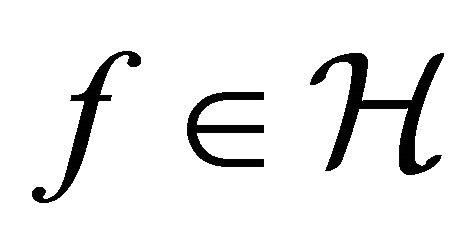 can be written as:
can be written as:
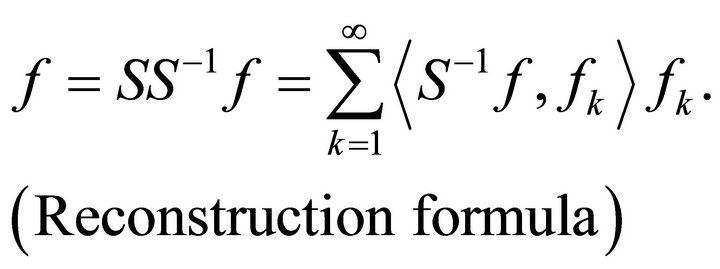
The series in the right hand side converge unconditionally and is called reconstruction formula for . The representation of f in reconstruction formula need not be unique. Thus, frames are redundant systems in a Hilbert space which yield one natural representation for every vector in the concern Hilbert space, but which may have infinitely many different representations for a given vector.
. The representation of f in reconstruction formula need not be unique. Thus, frames are redundant systems in a Hilbert space which yield one natural representation for every vector in the concern Hilbert space, but which may have infinitely many different representations for a given vector.
Duffin and Schaeffer in [2] while working in nonharmonic Fourier series developed an abstract framework for the idea of time-frequency atomic decomposition by Gabor [3] and defined frames for Hilbert spaces. Due to some reason the theory of frames was not continued until 1986 when the fundamental work of Daubechies, Grossmann and Meyer published in [4]. Gröchenig in [5] generalized Hilbert frames to Banach spaces. Before the concept of Banach frames was formalized, it appeared in the foundational work of Feichtinger and Gröchenig [6,7] related to atomic decompositions. Atomic decompositions appeared in the field of applied mathematics providing many applications [8,9]. An atomic decomposition allow a representation of every vector of the space via a series expansion in terms of a fixed sequence of vectors which we call atoms. On the other hand Banach frame for a Banach space ensure reconstruction via a bounded linear operator or synthesis operator. Frames play an important role in the theory of nonuniform sampling [10], wavelet theory [11,12], signal processing [2,10], and many more. For a nice introduction of frames and their technical details one may refer to [13].
During the development of frames and expansions systems in Banach spaces Casazza and Christensen introduced reconstruction property for Banach spaces in [1]. Reconstruction property is an important tool in several areas of mathematics and engineering. In fact, it is related to bounded approximation property. Casazza and Christensen in [1] study perturbation theory related to reconstruction property. They develop more general perturbation theory that does not force equivalence of the sequences.
In this paper we introduce and study reconstruction property in Banach spaces which satisfy ![]() -property. A characterization of
-property. A characterization of ![]() -reconstruction property in terms of frames in Banach spaces is obtained. Banach frames associated with reconstruction property are discussed.
-reconstruction property in terms of frames in Banach spaces is obtained. Banach frames associated with reconstruction property are discussed.
2. Preliminaries
Throughout this paper 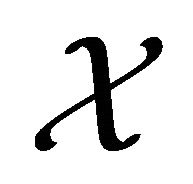 will denotes an infinite dimensional Banach space over a field
will denotes an infinite dimensional Banach space over a field 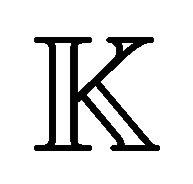 (which can be
(which can be 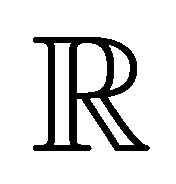 or
or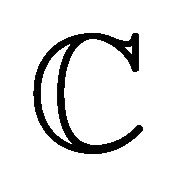 ),
), 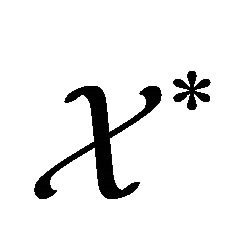 be the conjugate space, and for a sequence
be the conjugate space, and for a sequence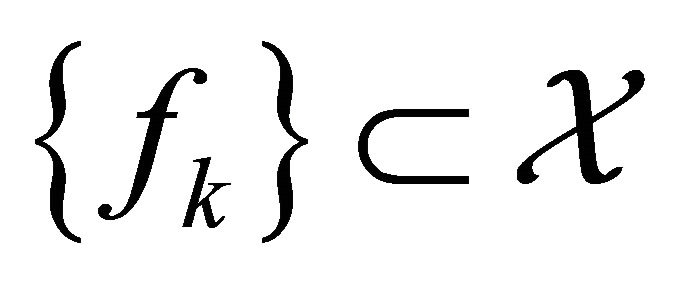 ,
, ![]() denotes closure of
denotes closure of 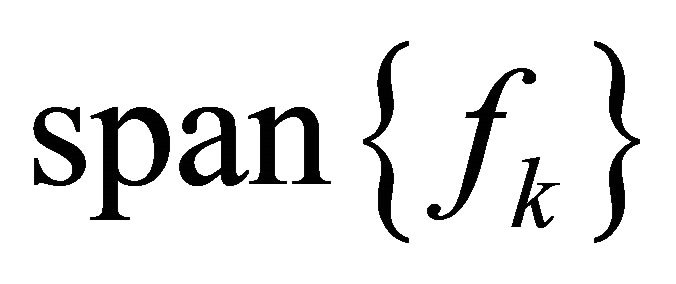 in norm topology of
in norm topology of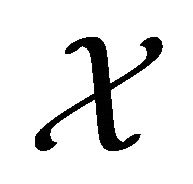 . The map
. The map  denotes the canonical mapping from
denotes the canonical mapping from 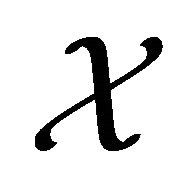 into
into .
.
Definition 2.1 ([5]) Let 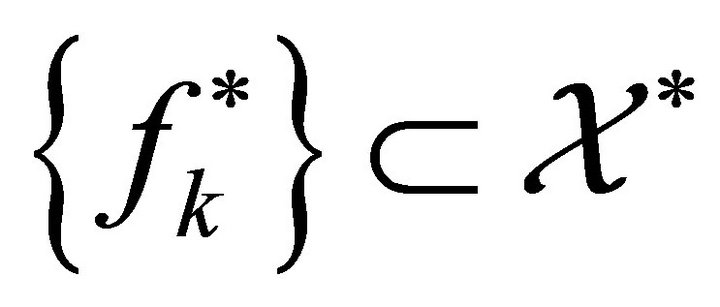 and
and  be given, where
be given, where 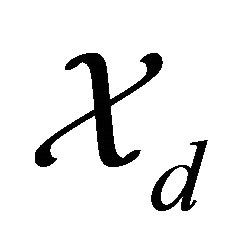 is an associated Banach space of scalar valued sequences. A system
is an associated Banach space of scalar valued sequences. A system 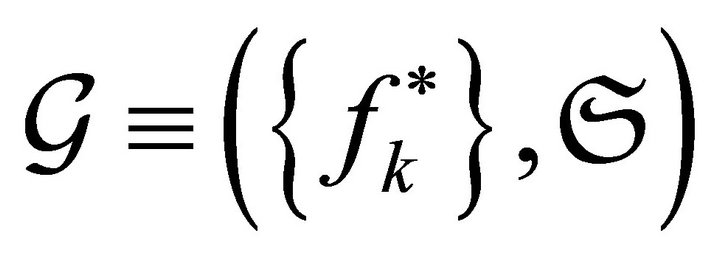 is called a Banach frame for
is called a Banach frame for 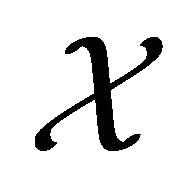 with respect to
with respect to 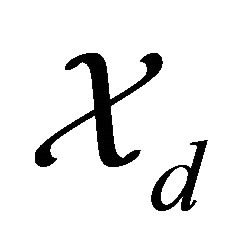 if 1)
if 1) , for each
, for each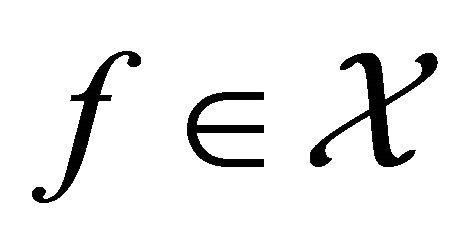 .
.
2) There exist positive constants C and D
 such that
such that
 (2.1)
(2.1)
3)  is a bounded linear operator such that
is a bounded linear operator such that

As in case of frames for a Hilbert space, positive constants C and D are called lower and upper frame bounds of the Banach frame![]() , respectively. The operator
, respectively. The operator  is called the reconstruction operator (or the pre-frame operator). The inequality 2.1 is called the frame inequality.
is called the reconstruction operator (or the pre-frame operator). The inequality 2.1 is called the frame inequality.
The Banach frame ![]() is called tight if
is called tight if  and normalized tight if
and normalized tight if . If there exists no reconstruction operator
. If there exists no reconstruction operator 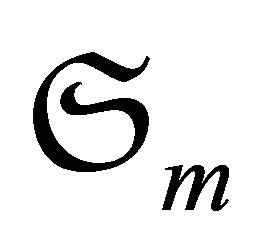 such that
such that 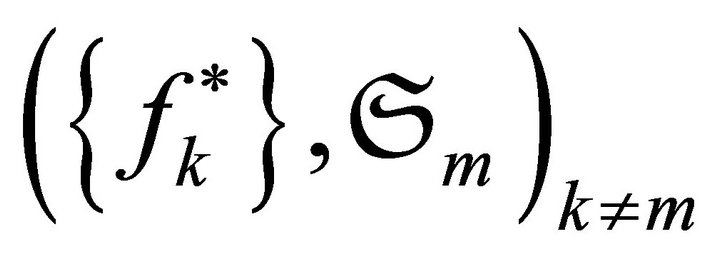
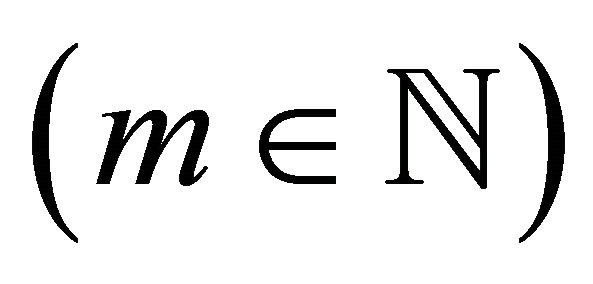 is Banach frame for
is Banach frame for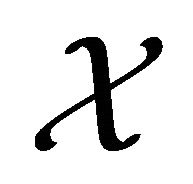 , then
, then ![]() will be called an exact Banach frame.
will be called an exact Banach frame.
The notion of retro Banach frames introduced and studied in [14].
Definition 2.2 ([14]) A system 
 is called a retro Banach frame for
is called a retro Banach frame for 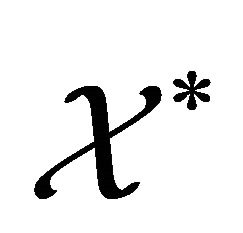 with respect to an associated sequence space
with respect to an associated sequence space 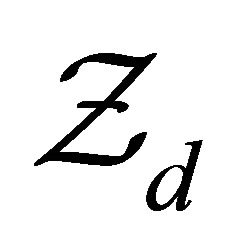 if 1)
if 1) , for each
, for each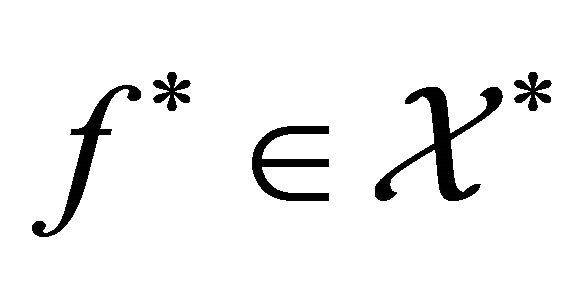 .
.
2) There exist positive constants  such that
such that

3)  is a bounded linear operator from
is a bounded linear operator from  onto
onto .
.
The positive constant 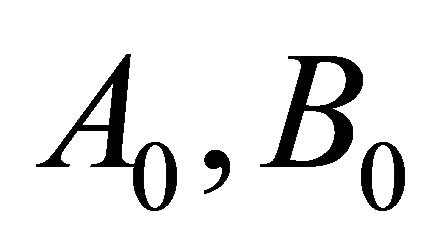 are called retro frame bounds of
are called retro frame bounds of  and operator
and operator  is called retro pre-frame operator (or simply reconstruction operator) associated with
is called retro pre-frame operator (or simply reconstruction operator) associated with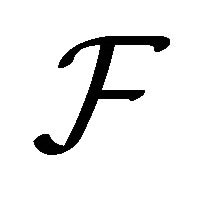 .
.
Lemma 2.3. Let 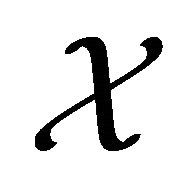 be a Banach space and
be a Banach space and 
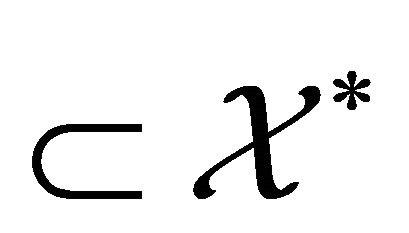 be a sequence such that
be a sequence such that 
 . Then,
. Then, 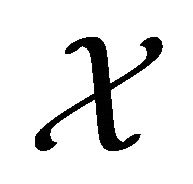 is linearly isometric to the Banach space
is linearly isometric to the Banach space , where the norm is given by
, where the norm is given by .
.
Casazza and Christensen in [1] introduced reconstruction property in Banach spaces.
Definition 2.4 ([1]) Let 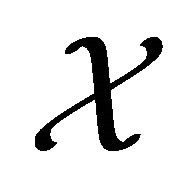 be a separable Banach space. We say that a sequence
be a separable Banach space. We say that a sequence 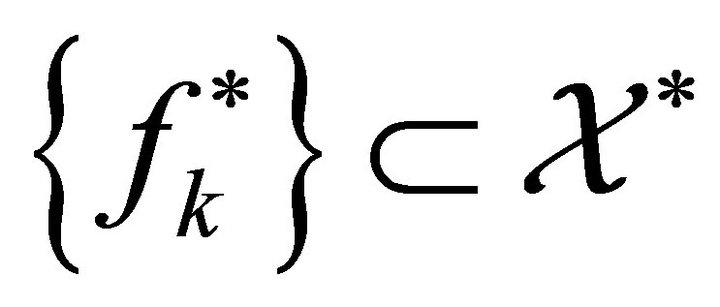 has the reconstruction property for
has the reconstruction property for 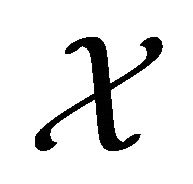 with respect to
with respect to , if
, if

In short, we will also say 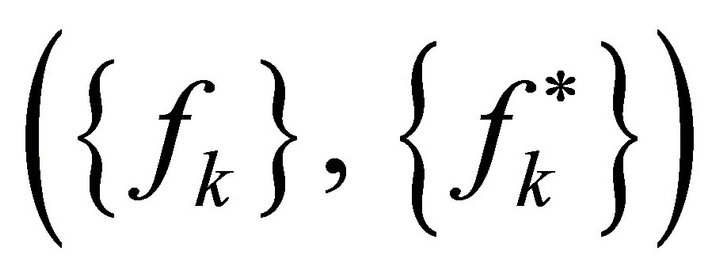 has reconstruction property for
has reconstruction property for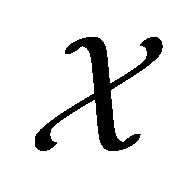 . More precisely, we say that
. More precisely, we say that  is a reconstruction system for
is a reconstruction system for .
.
Remark 2.5 An interesting example for a reconstruction property is given in [1]: Let 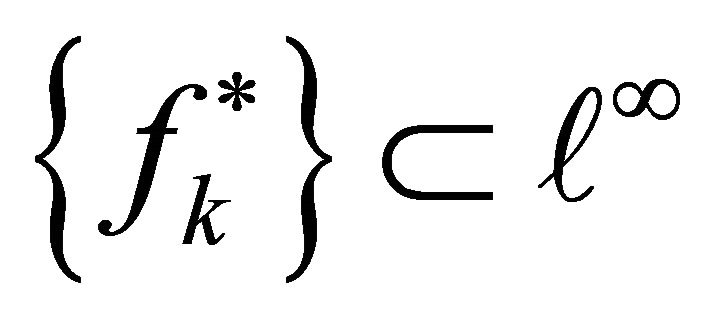 and
and 
is unitarily equivalent to the unit vector basis of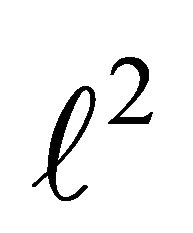 .
.
Then, 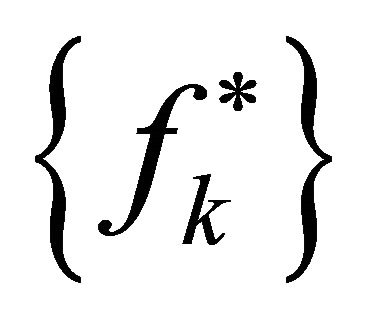 has a reconstruction property with respect to its own pre-dual (that is, expansions with respect to the orthonormal basis). Further examples on reconstruction property are discussed in Example 3.4.
has a reconstruction property with respect to its own pre-dual (that is, expansions with respect to the orthonormal basis). Further examples on reconstruction property are discussed in Example 3.4.
Definition 2.6 A reconstruction system 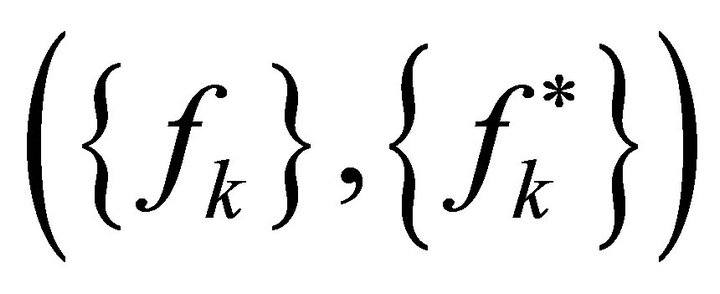 for
for 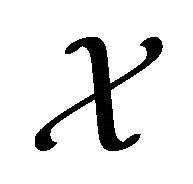 is said to be 1) pre-shrinking if
is said to be 1) pre-shrinking if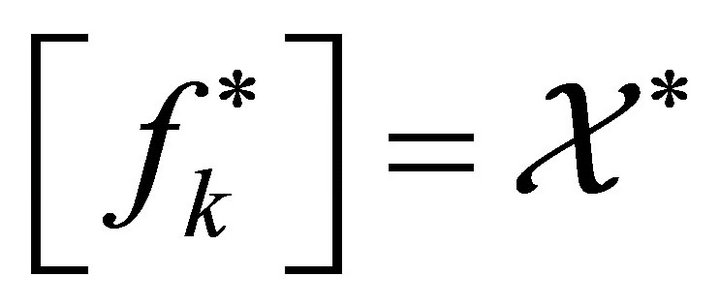 .
.
2) shrinking if  is a reconstruction system for
is a reconstruction system for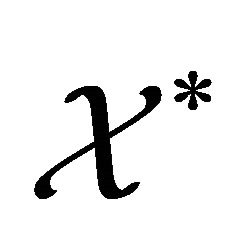 .
.
Regarding existence of Banach spaces which have reconstruction system, Casazza and Christensen proved the following result.
Proposition 2.7 ([1]) There exists a Banach space  with the following properties:
with the following properties:
1) There is a sequence 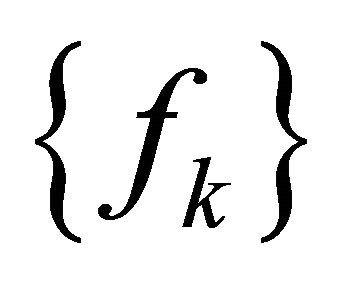 such that each
such that each 
has a expansion 
2) 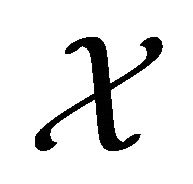 does not have the reconstruction property with respect to any pair
does not have the reconstruction property with respect to any pair 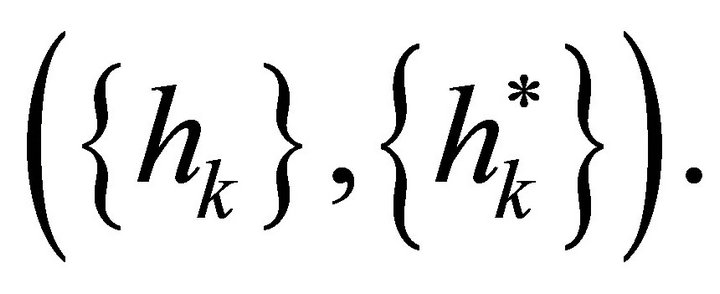
The notion of reconstruction property is related to Bounded Approximation Property (BAP). If 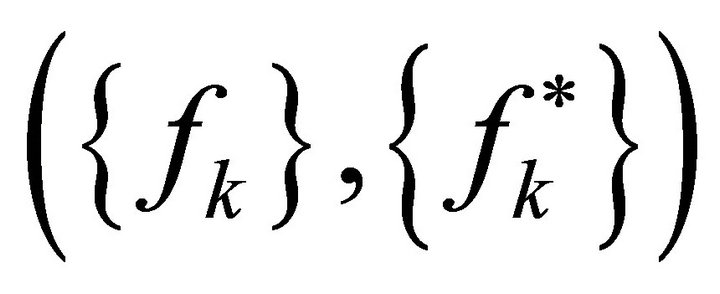
has reconstruction property for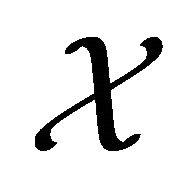 , then
, then 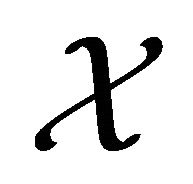 has the bounded approximation property. So,
has the bounded approximation property. So, 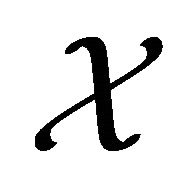 is isomorphic to a complemented subspace of a Banach space with a basis. It is also used to study geometry of Banach spaces. For more results and basics on reconstruction property and bounded approximation property one may refer to [15] and references therein.
is isomorphic to a complemented subspace of a Banach space with a basis. It is also used to study geometry of Banach spaces. For more results and basics on reconstruction property and bounded approximation property one may refer to [15] and references therein.
3. 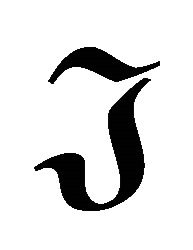 -Reconstruction Property
-Reconstruction Property
Definition 3.1 Suppose 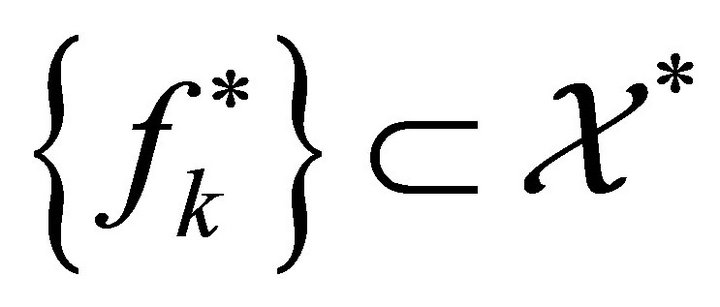 has the reconstruction property for
has the reconstruction property for 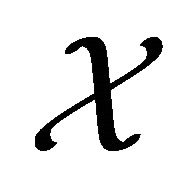 with respect to
with respect to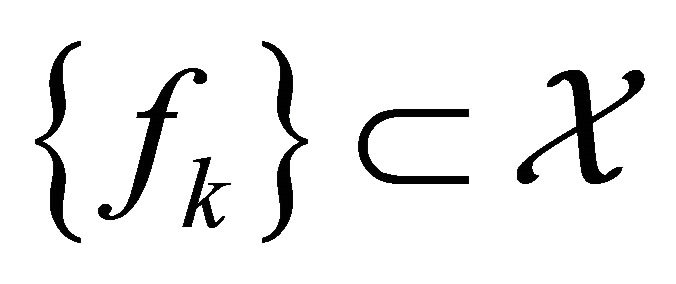 .
.
Then, we say that  satisfy property
satisfy property  if
if
![]() and there exists a functional
and there exists a functional 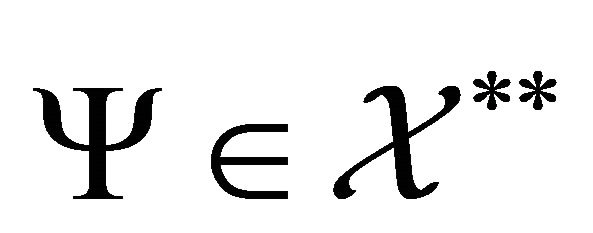
such that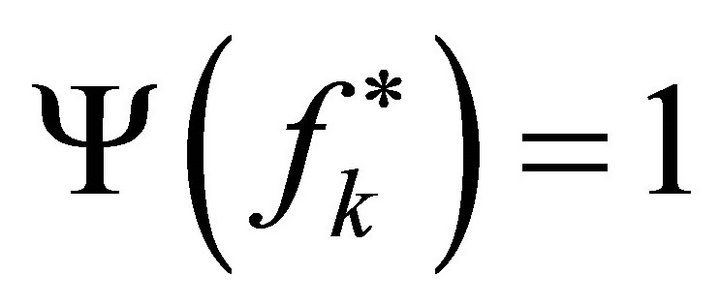 , for all
, for all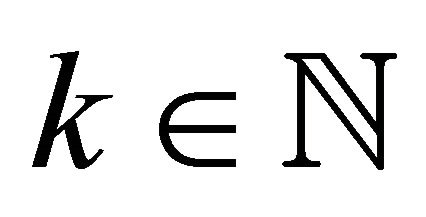 . In this case we say that
. In this case we say that 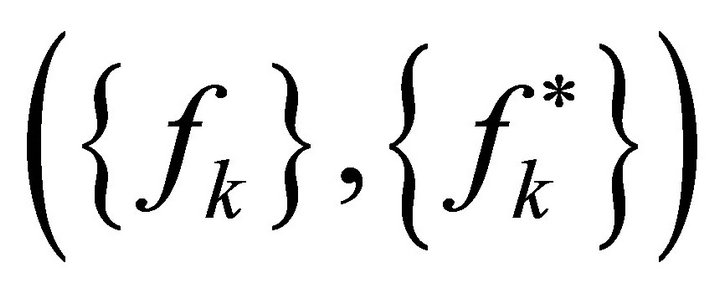 is a
is a 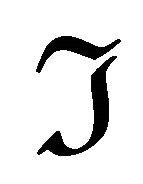 -reconstruction system for
-reconstruction system for
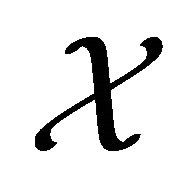 .
.
Remark 3.2 If ![]() and there exists a functional
and there exists a functional 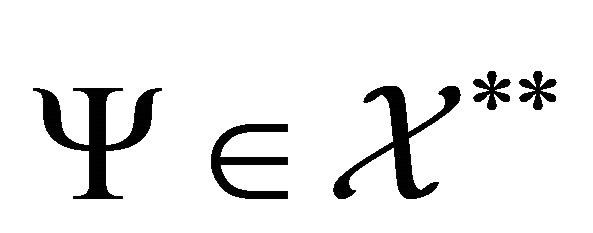 such that
such that , for all
, for all then we say that
then we say that  is a
is a 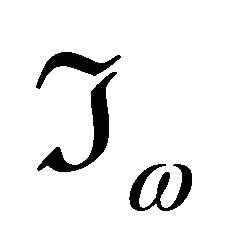 -reconstruction system (or weak
-reconstruction system (or weak 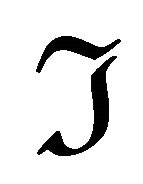 -reconstruction system for
-reconstruction system for ).
).
Remark 3.3 A 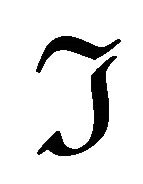 -reconstruction system is actually a dual system of a
-reconstruction system is actually a dual system of a 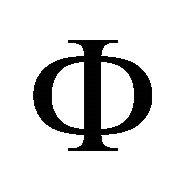 -Schauder frame [16] in the context of reconstruction property.
-Schauder frame [16] in the context of reconstruction property.
Example 3.4 Let 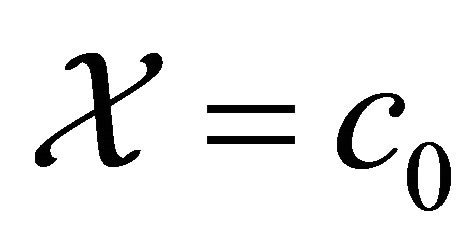 and
and 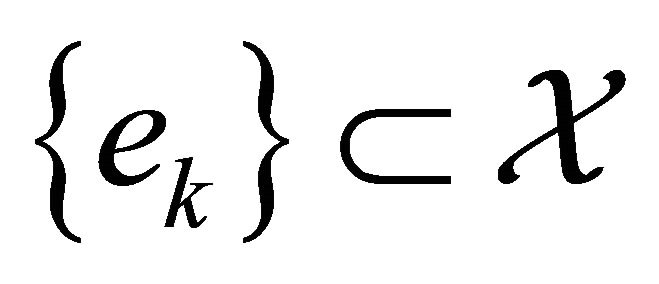 be a sequence of canonical unit vectors. Define
be a sequence of canonical unit vectors. Define 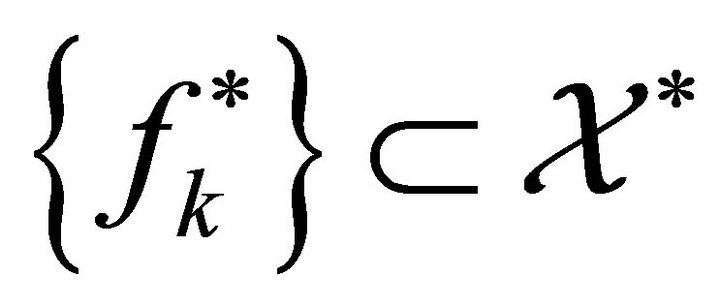 by
by
 .
.
Then,  has a reconstruction property with respect to
has a reconstruction property with respect to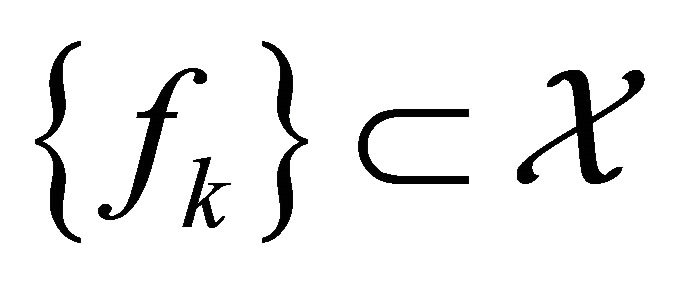 , where
, where  Hence
Hence
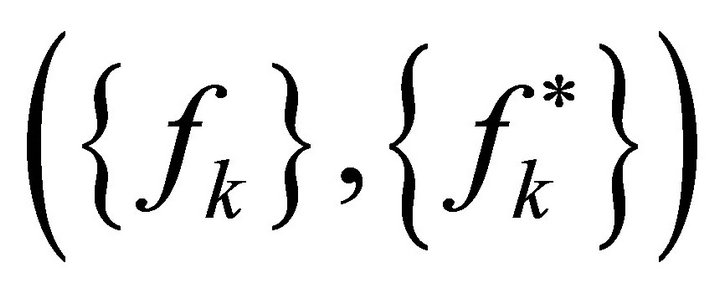 is a
is a  -reconstruction system for
-reconstruction system for  [See Proposition 3.5]. Note that the reconstruction system
[See Proposition 3.5]. Note that the reconstruction system
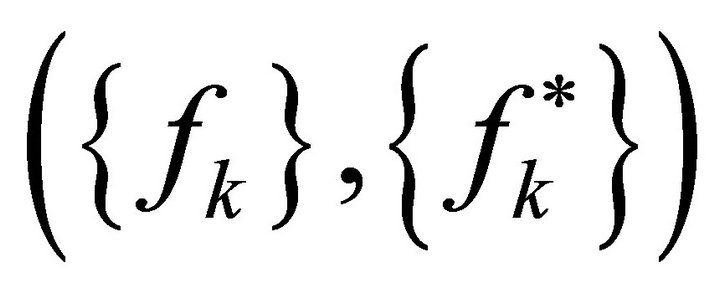 is shrinking.
is shrinking.
Now define 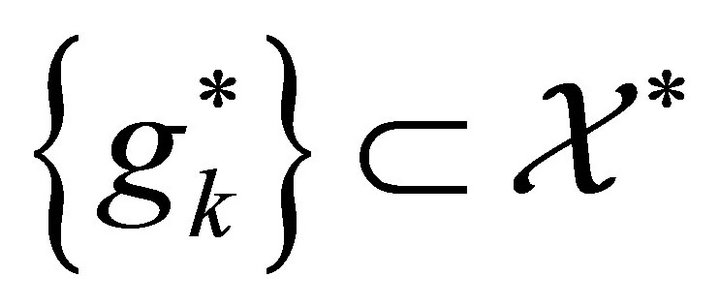 by
by
 . Then,
. Then, 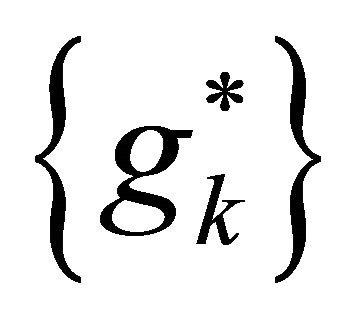
has a reconstruction property with respect to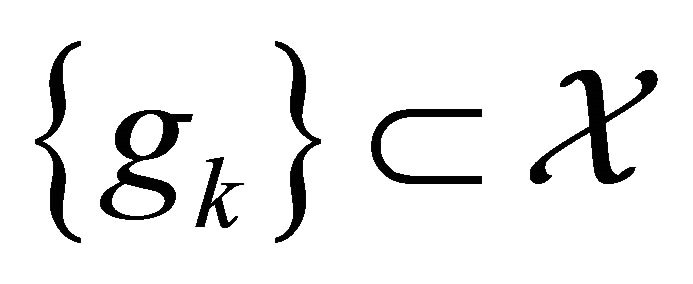 , where
, where  By Proposition 3.5,
By Proposition 3.5,
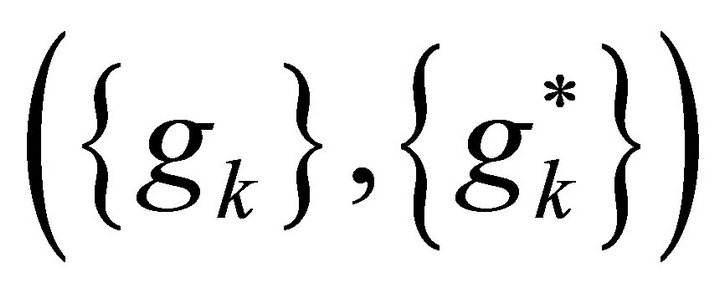 is not a
is not a ![]() -reconstruction system for
-reconstruction system for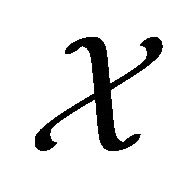 .
.
Note that 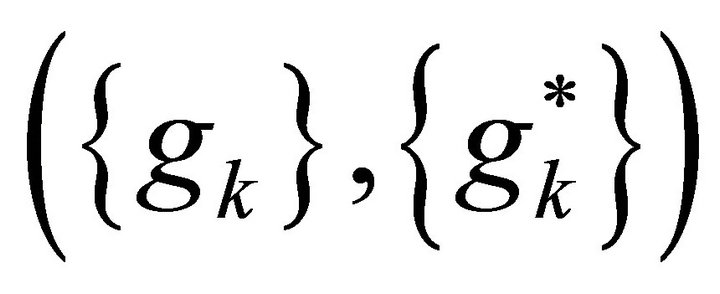 is
is  -reconstruction system which is shrinking. Thus, a shrinking reconstruction system for
-reconstruction system which is shrinking. Thus, a shrinking reconstruction system for 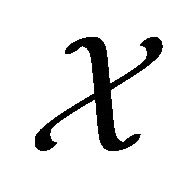 need not be a
need not be a  -reconstruction system.
-reconstruction system.
We now give a characterization of a 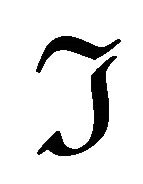 -reconstruction system for
-reconstruction system for 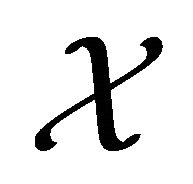 as claimed in section 1, in terms of frames.
as claimed in section 1, in terms of frames.
Proposition 3.5 Let 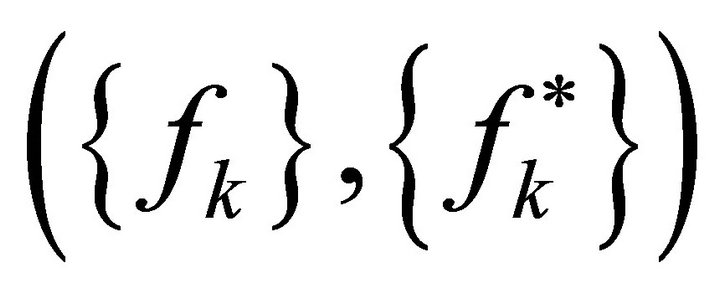 be a reconstruction system for
be a reconstruction system for 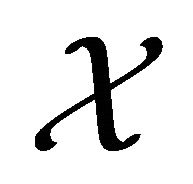 with
with![]() . Then,
. Then, 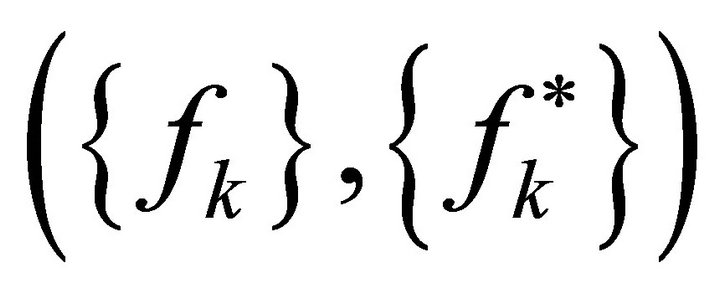
satisfy property 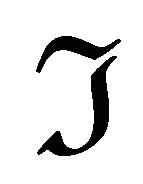 if and only if there is no retro preframe operator
if and only if there is no retro preframe operator 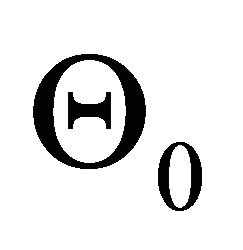 such that
such that  is retro Banach frame for
is retro Banach frame for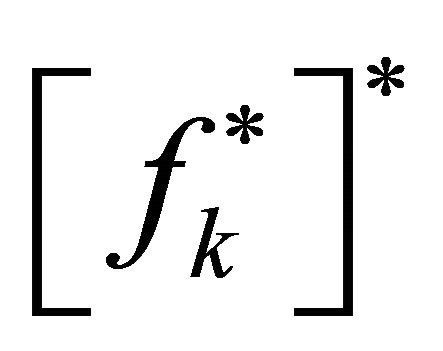 .
.
This is an immediate consequence of the following lemma.
Lemma 3.6 Let 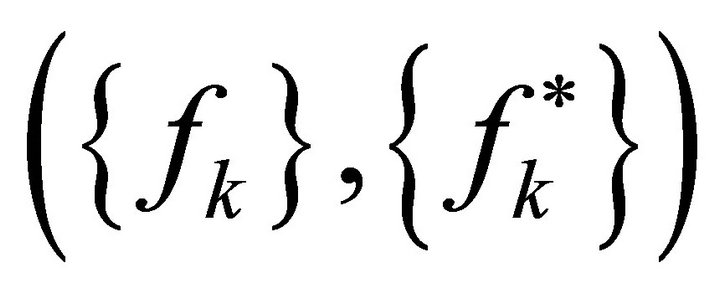 be a pre-shrinking reconstruction system for
be a pre-shrinking reconstruction system for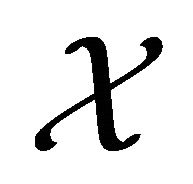 . Then,
. Then,  is a
is a
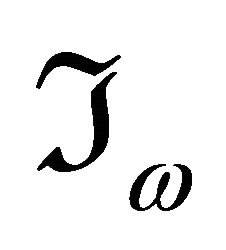 -reconstruction system if and only if there exists no retro pre-frame operator
-reconstruction system if and only if there exists no retro pre-frame operator  such that
such that  is retro Banach frame for
is retro Banach frame for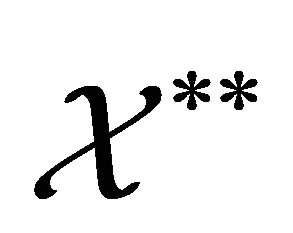 .
.
Proof. Forward part is obvious. Indeed, by using lower retro frame inequality of  and existence of
and existence of  such that
such that  for all
for all 
we obtain 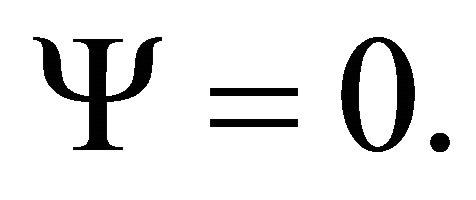 This is a contradiction.
This is a contradiction.
For reverse part, let if possible, there is no reconstruction operator 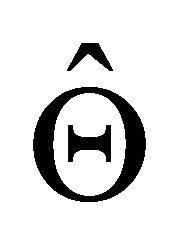 such that
such that  is a retro Banach frame for
is a retro Banach frame for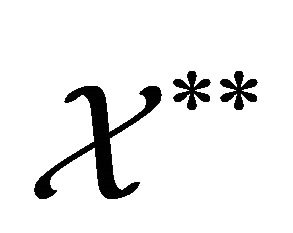 . Then, Hahn Banach Theorem force to admit a non zero functional
. Then, Hahn Banach Theorem force to admit a non zero functional 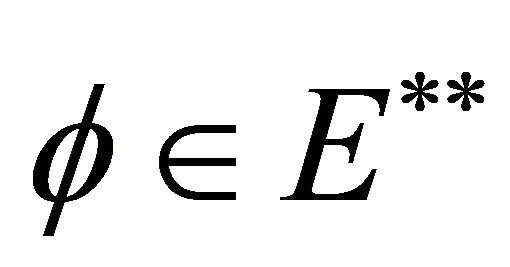 such that
such that , for all
, for all . That is,
. That is,  , for all
, for all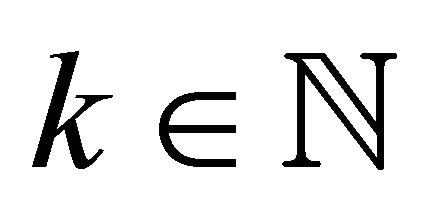 . Put
. Put , for all
, for all
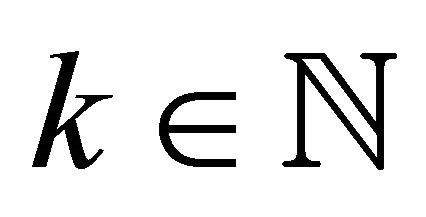 . If
. If 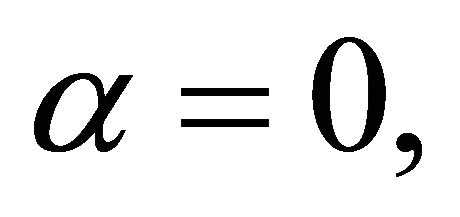 then
then  for all
for all  But
But
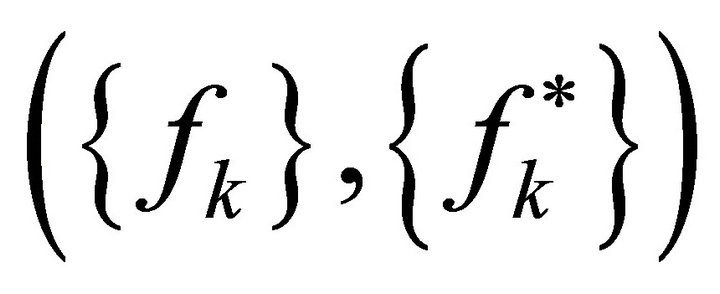 is pre-shrinking, therefore
is pre-shrinking, therefore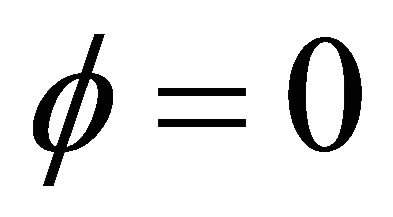 , a contradiction. Thus
, a contradiction. Thus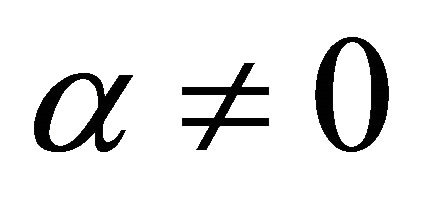 . Put
. Put . Then,
. Then, 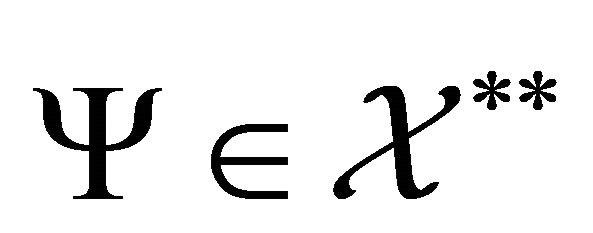 is such that
is such that 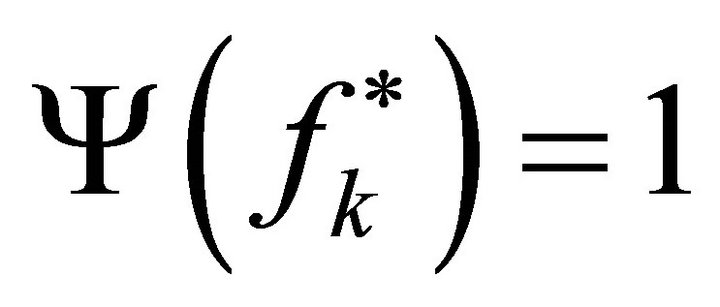 for all
for all 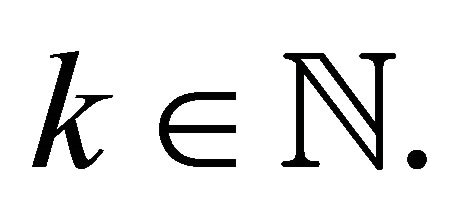 Thus,
Thus,
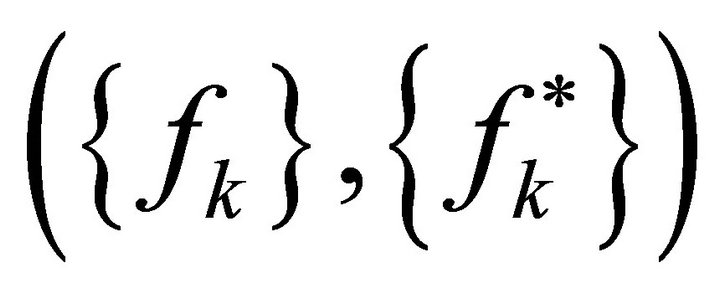 is a
is a 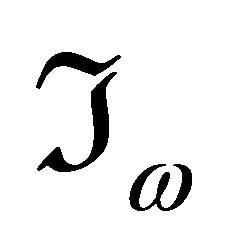 -reconstruction system.
-reconstruction system. 
Remark 3.7 Note that Lemma 3.6 is no longer true if  is not pre-shrinking.
is not pre-shrinking.
Application: Let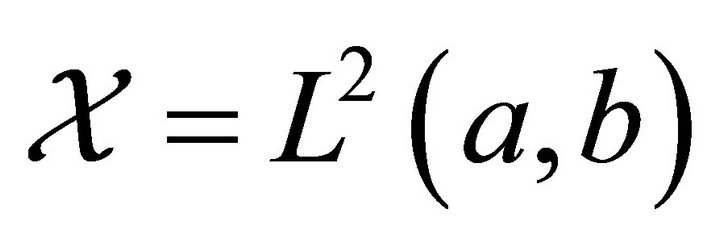 . Consider a boundary value problem(BVP) with a set of n boundary conditions:
. Consider a boundary value problem(BVP) with a set of n boundary conditions:
BVP: 
where  is a linear differential operator with
is a linear differential operator with  and
and 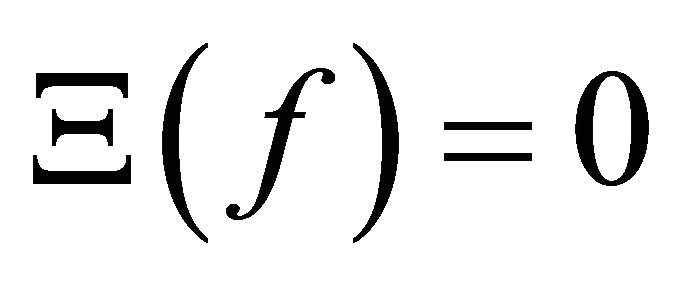 denotes the set of n boundary conditions:
denotes the set of n boundary conditions:
![]()
It is given in [17] (at page 66) that for a large class of boundary conditions (which are known as regular boundary conditions), the BVP admits a system 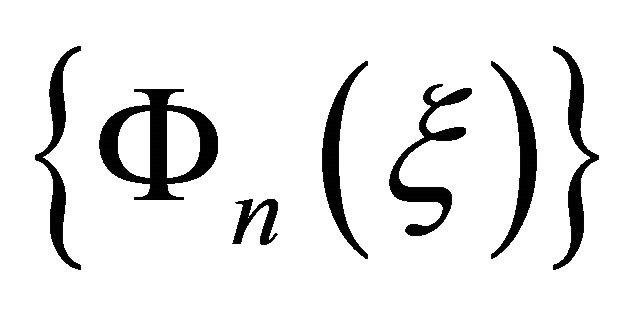 and
and 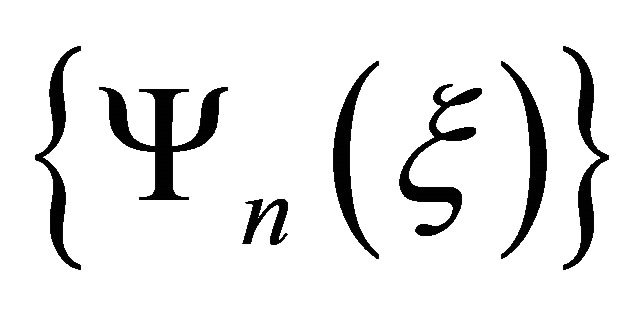 consisting of eigenfunction associated with given BVP such that
consisting of eigenfunction associated with given BVP such that


It is well known that the corresponding to
 there exists a
there exists a 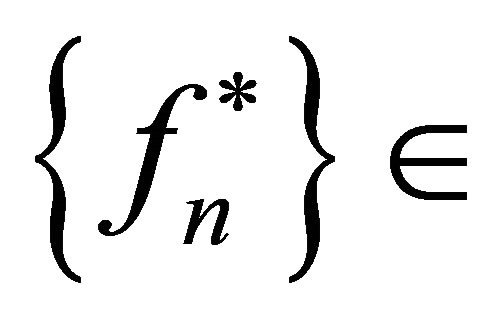
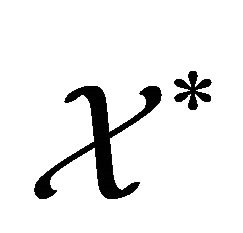 such that
such that 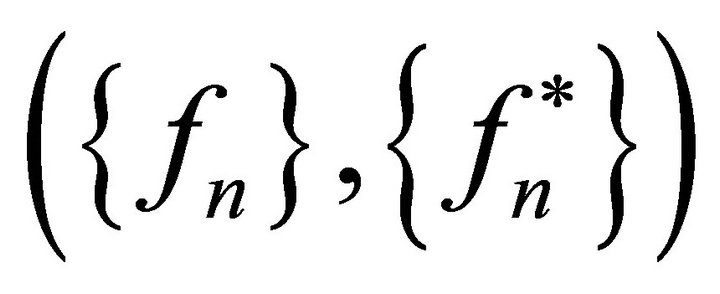 is a reconstruction system for
is a reconstruction system for
 Now
Now
 and
and

Therefore, by using Paley and Wiener theorem in [18, p. 208], there exists a sequence 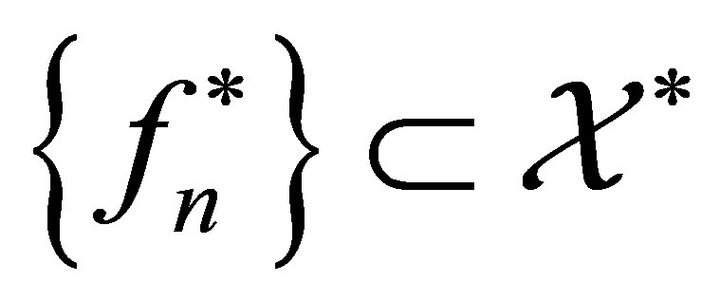 such that
such that
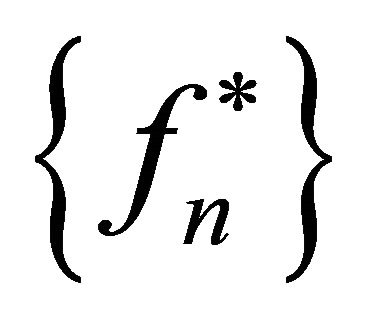 admits a reconstruction system with respect to
admits a reconstruction system with respect to  . This reconstruction system is not of type
. This reconstruction system is not of type . Therefore, by using Lemma 3.6, there exists a retro pre-frame operator
. Therefore, by using Lemma 3.6, there exists a retro pre-frame operator 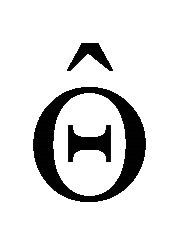 such that
such that  is retro Banach frame for
is retro Banach frame for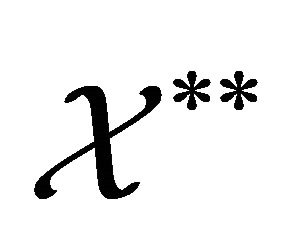 . Recall that if we write a function in terms of reconstruction system, then computation of all the coefficients is required. If calculation of coefficients which appear in the series expansion of a given reconstruction system are complicated, then we reconstruct the function by pre-frame operator of
. Recall that if we write a function in terms of reconstruction system, then computation of all the coefficients is required. If calculation of coefficients which appear in the series expansion of a given reconstruction system are complicated, then we reconstruct the function by pre-frame operator of .
.
The following proposition provides a sufficient condition for a reconstruction system to satisfy property .
.
Proposition 3.8 Let 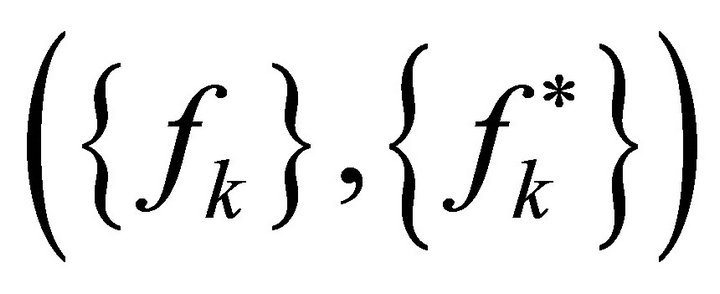 be a reconstruction system for
be a reconstruction system for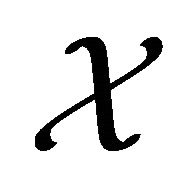 . If there exists a vector
. If there exists a vector 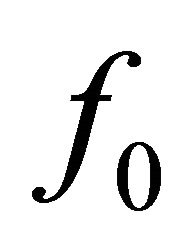 in
in  such that
such that 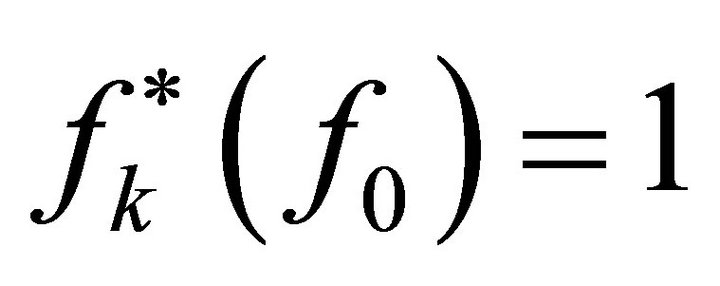 for all
for all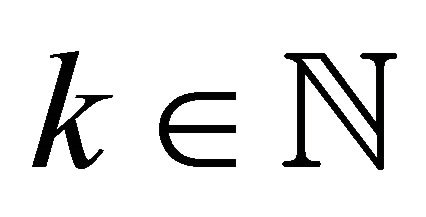 , then
, then 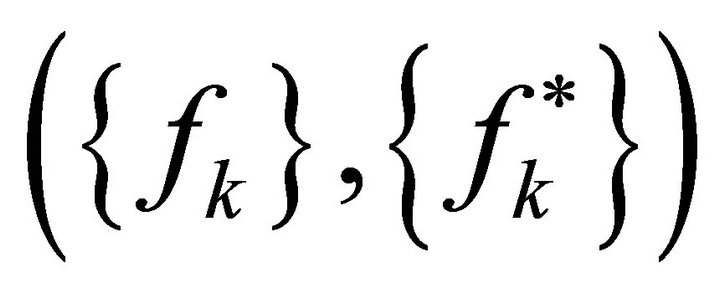 is a
is a 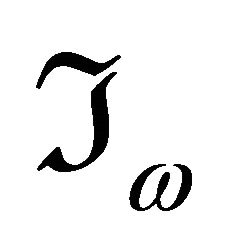 -reconstruction system.
-reconstruction system.
Proof. Let  be the canonical embedding of
be the canonical embedding of 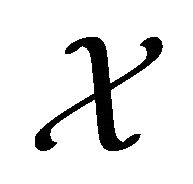 into
into . Then
. Then  is such that
is such that
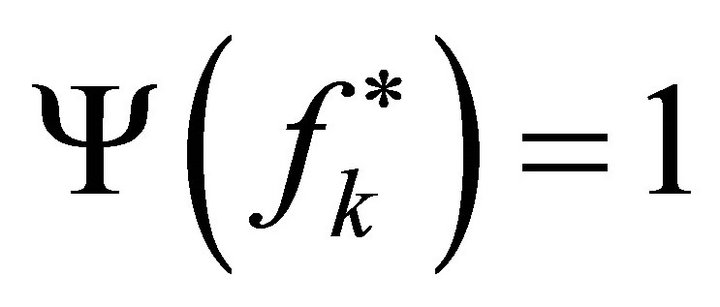 , for all
, for all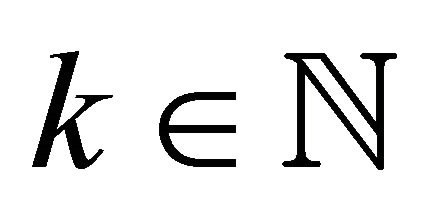 . Thus,
. Thus, 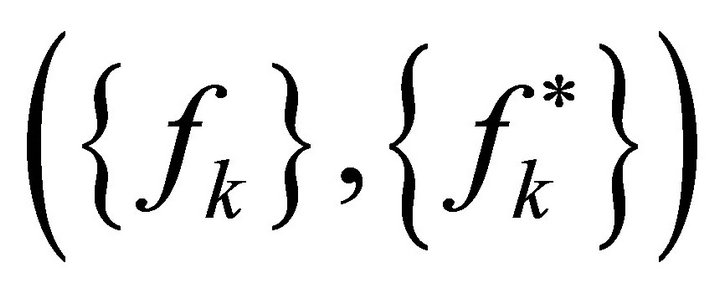 is a
is a 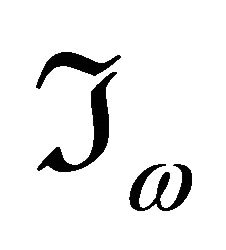 reconstruction system for
reconstruction system for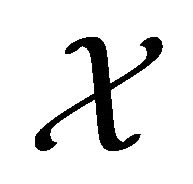 .
.
Remark 3.9 The condition in Proposition 3.8 is not necessary. However, if 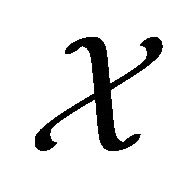 is reflexive, then the condition given in Proposition 3.8 turns out to be necessary. Moreover, this is equivalent to the condition: There exists no pre-frame operator
is reflexive, then the condition given in Proposition 3.8 turns out to be necessary. Moreover, this is equivalent to the condition: There exists no pre-frame operator 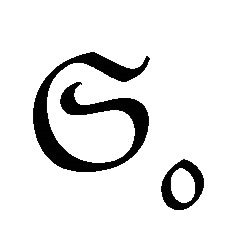 such that
such that  is a Banach frame for
is a Banach frame for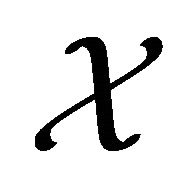 .
.
To conclude the section we show that a given 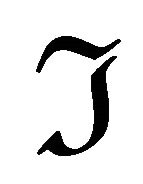 - reconstruction system in Banach spaces produce another
- reconstruction system in Banach spaces produce another  -reconstruction system: Consider a
-reconstruction system: Consider a  -reconstruction system
-reconstruction system  for
for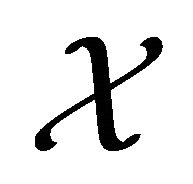 .
.
Let 
Then 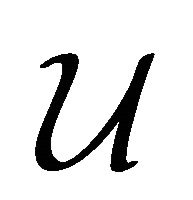 is a Banach space with norm given by
is a Banach space with norm given by

Define  by
by .
.
Then ![]() is an isomorphism of
is an isomorphism of 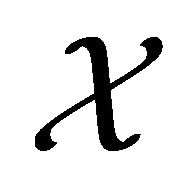 into
into 
Also  defined by
defined by ![]() is also a bounded linear operator from
is also a bounded linear operator from 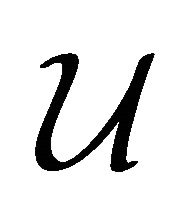 onto
onto .
.
Put . Then
. Then ![]() is a closed subspace of
is a closed subspace of 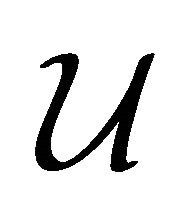 such that
such that  Moreover, if
Moreover, if 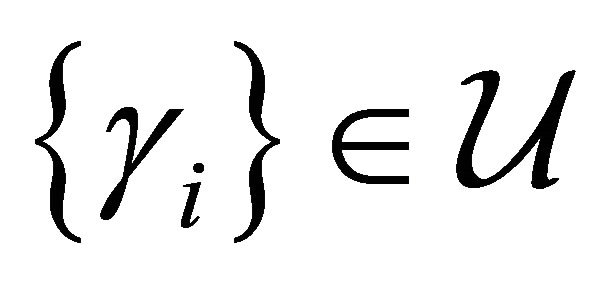 is any element such that
is any element such that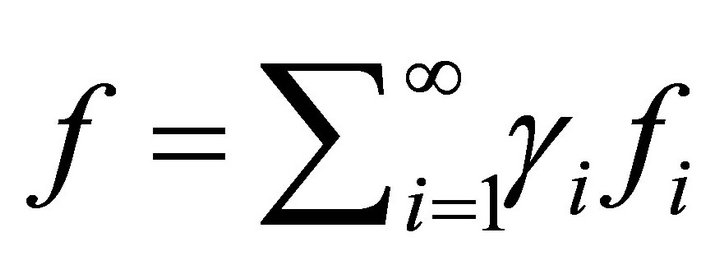 , then
, then
 and
and

Therefore,  is such that
is such that

Hence 
Let V be projection on 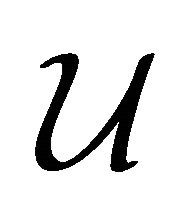 onto
onto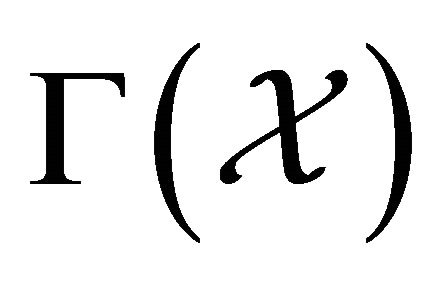 .
.
Then, . Thereforefor each
. Thereforefor each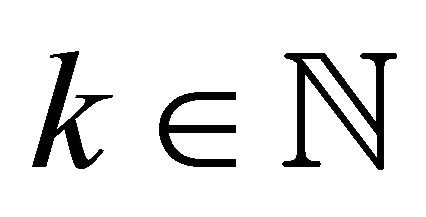 , we have
, we have
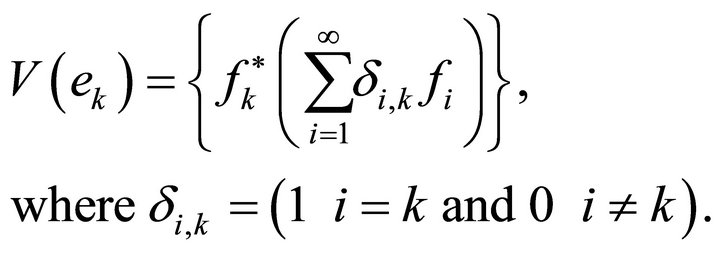
That is:  for all
for all 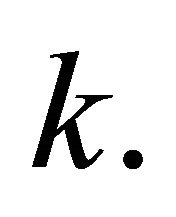 So,
So,
 for all
for all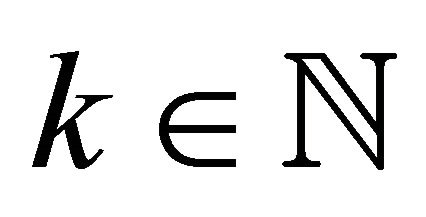 , where
, where ![]() is sequence of canonical unit vectors in
is sequence of canonical unit vectors in . Hence
. Hence
 is a reconstruction system for
is a reconstruction system for 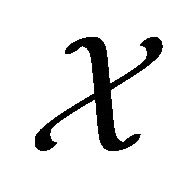
which satisfy property .
.
This is summarized in the following proposition.
Proposition 3.10 Let 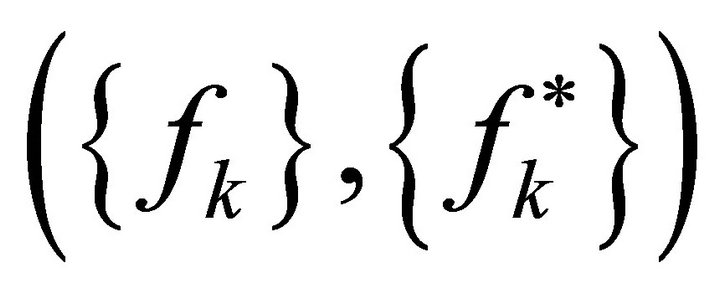 be a
be a 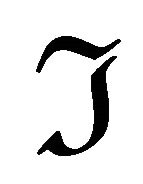 -reconstruction system for
-reconstruction system for . Then, there exists
. Then, there exists
 such that
such that  is a
is a
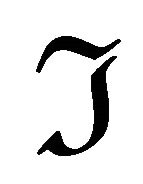 -reconstruction system for
-reconstruction system for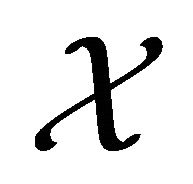 , where
, where ![]() and
and 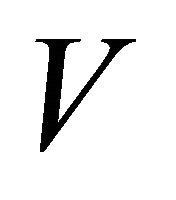 are same as in above discussion.
are same as in above discussion.
4. Associated Banach Frames
Definition 4.1 Suppose that 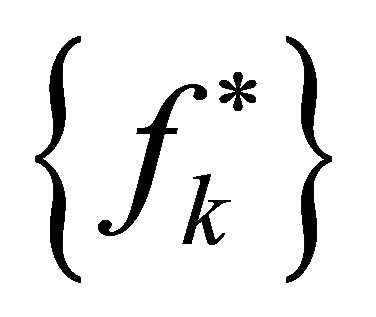 has the reconstruction property for
has the reconstruction property for 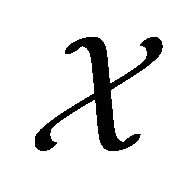 with respect to
with respect to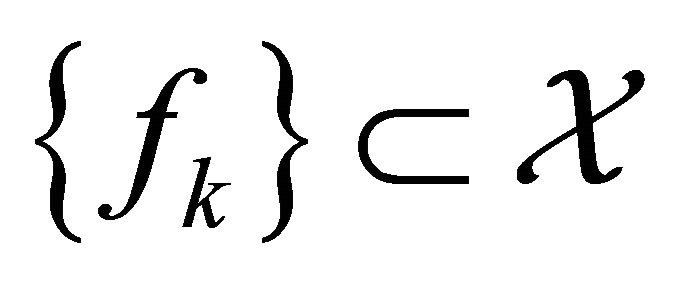 . Then, there exists a reconstruction operator
. Then, there exists a reconstruction operator  such that
such that  is a Banach frame for
is a Banach frame for 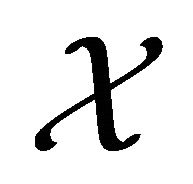 with respect to some
with respect to some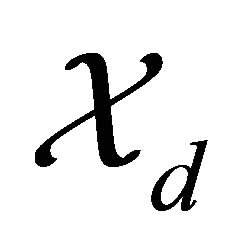 . We say that
. We say that 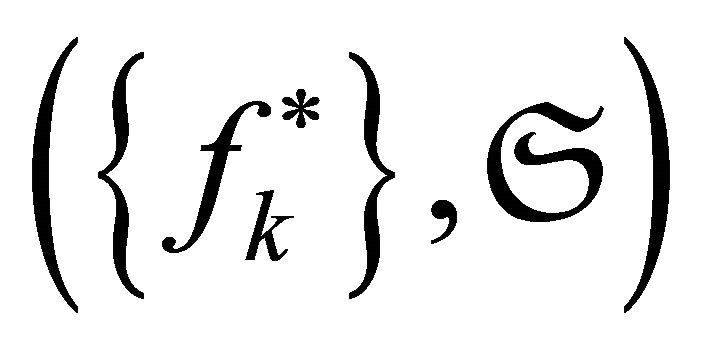 is an associated Banach frame of
is an associated Banach frame of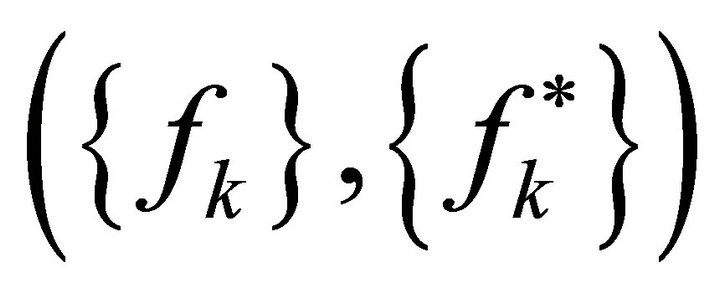 .
.
Consider a reconstruction system  for a Banach space
for a Banach space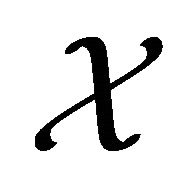 . We can write each element of
. We can write each element of  (we can reconstruct
(we can reconstruct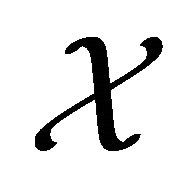 ) by mean of an infinite series formed by
) by mean of an infinite series formed by 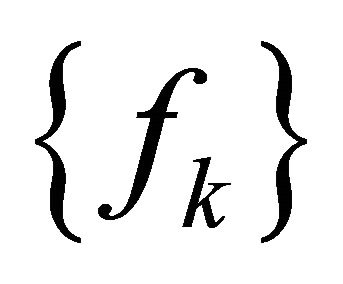 over scalars
over scalars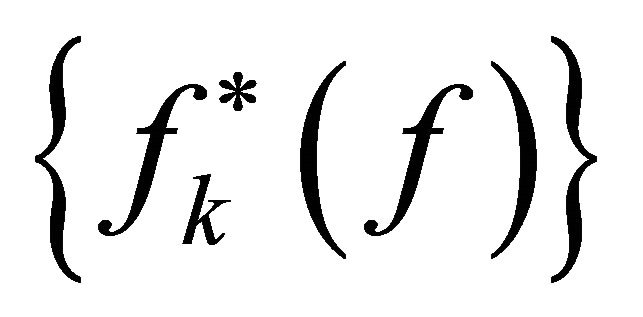 . For a non zero functional
. For a non zero functional  (say), in general, there is
(say), in general, there is
• no 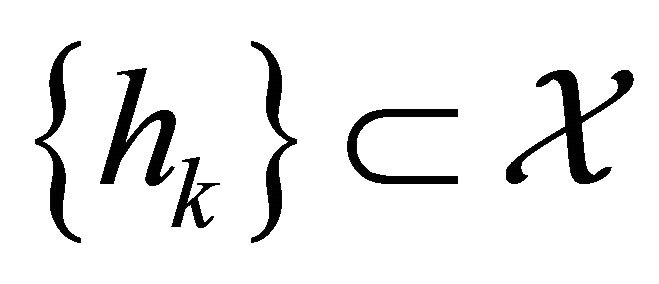 such that
such that 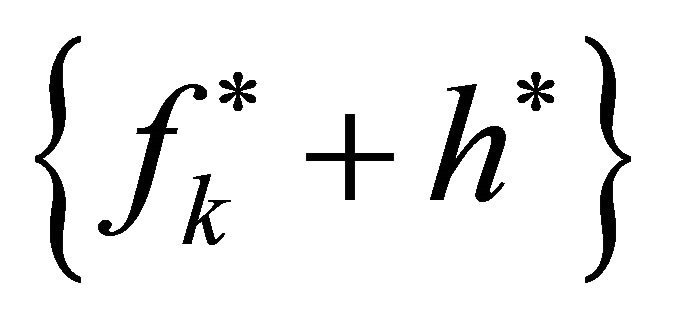 has the reconstruction property for
has the reconstruction property for 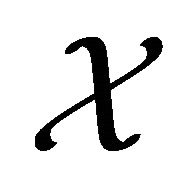 with respect to
with respect to .
.
• no reconstruction operator 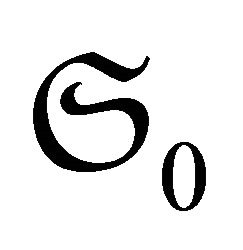 such that
such that
 is a Banach frame for
is a Banach frame for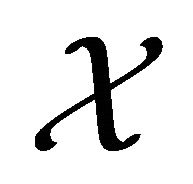 .
.
More precisely, two natural and important problem arise, namely, existence of 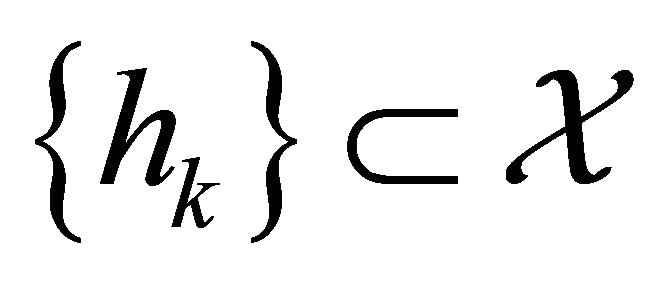 such that
such that
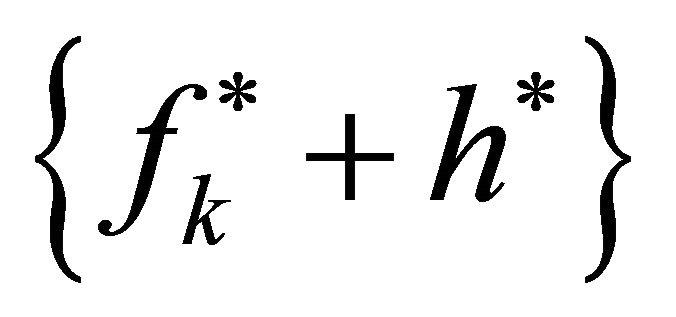 has the reconstruction property for
has the reconstruction property for 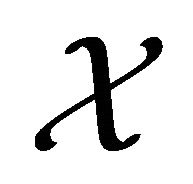 with respect to
with respect to  and other is the existence of a reconstruction operator
and other is the existence of a reconstruction operator 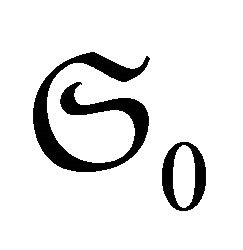 associated with
associated with . Cassaza and Christensen in [1] study some stability of reconstruction property in Banach spaces in terms of closeness of certain sequence to a given reconstruction system. In the present section we focus on pre-frame operator associated with
. Cassaza and Christensen in [1] study some stability of reconstruction property in Banach spaces in terms of closeness of certain sequence to a given reconstruction system. In the present section we focus on pre-frame operator associated with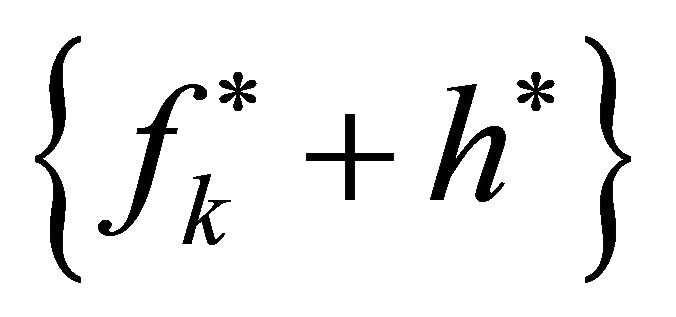 .
.
Motivation: Consider a signal space . If
. If 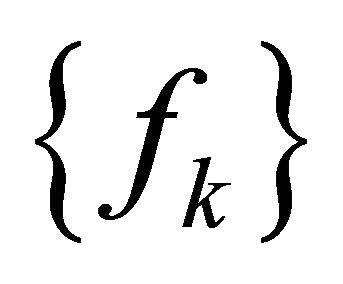 is a frame (Hilbert) for
is a frame (Hilbert) for , then each element of
, then each element of 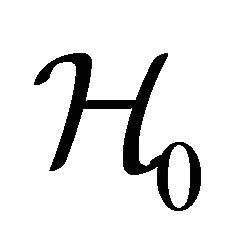 can be recovered by an infinite combinations of frame elements. That is, by the reconstruction formula. If a signal f is transmitted to a receiver, then there are some kind of disturbances in the received signal. To overcome these disturbances from the receiver, frames plays an important role. Actually, a signal in the space (after its transmission) is in the form of the frame coefficients
can be recovered by an infinite combinations of frame elements. That is, by the reconstruction formula. If a signal f is transmitted to a receiver, then there are some kind of disturbances in the received signal. To overcome these disturbances from the receiver, frames plays an important role. Actually, a signal in the space (after its transmission) is in the form of the frame coefficients
 ,
,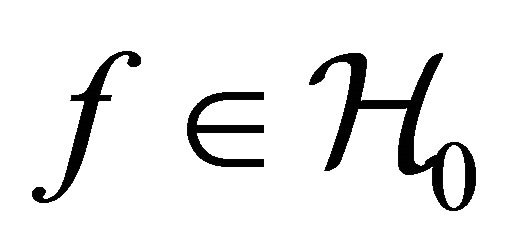 . An error
. An error  is always is expected with concern signal in the space. That is, actual signal in the space is of the form
is always is expected with concern signal in the space. That is, actual signal in the space is of the form , where
, where  is an error associated with f. An interesting discussion in this direction is given in [13]. We extend the said problem to Banach frames in general Banach spaces.
is an error associated with f. An interesting discussion in this direction is given in [13]. We extend the said problem to Banach frames in general Banach spaces.
The following proposition provides sufficient condition for a reconstruction system to satisfy property 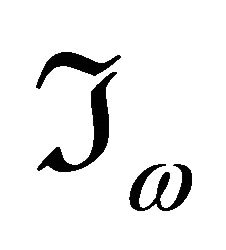 in terms of non-existence of pre-frame operator associated with certain error.
in terms of non-existence of pre-frame operator associated with certain error.
Proposition 4.2 Suppose that 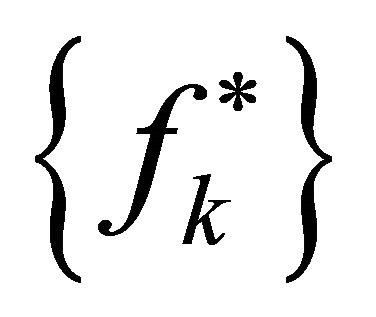 has the reconstruction property for a signal space (Banach)
has the reconstruction property for a signal space (Banach) 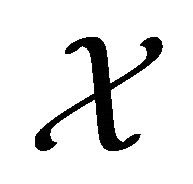 with respect to
with respect to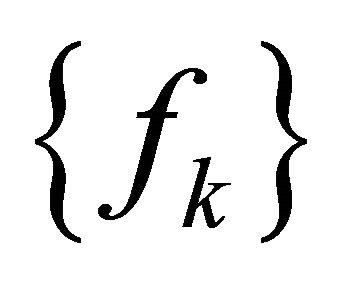 . Let
. Let  (error) be in
(error) be in 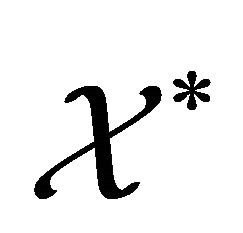 for which there is no pre-frame operator
for which there is no pre-frame operator  such that
such that
 is a Banach frame for
is a Banach frame for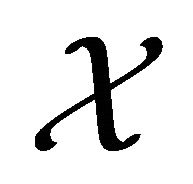 , then
, then
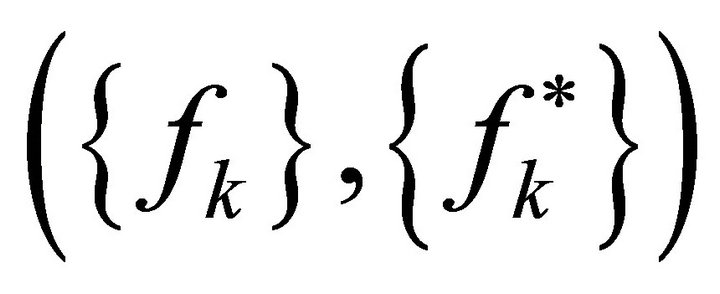 is a
is a 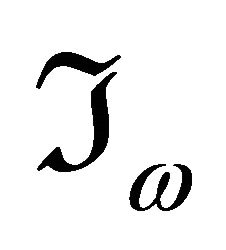 -reconstruction system for
-reconstruction system for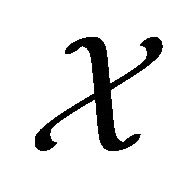 .
.
Proof. Let  be an associated Banach frame of
be an associated Banach frame of . If there exists no pre-frame operator
. If there exists no pre-frame operator 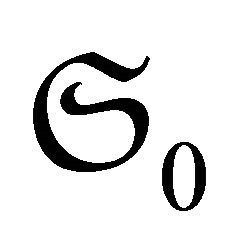
such that  is a Banach frame for
is a Banach frame for 
then, there is a non-zero vector  such that
such that
 , for all
, for all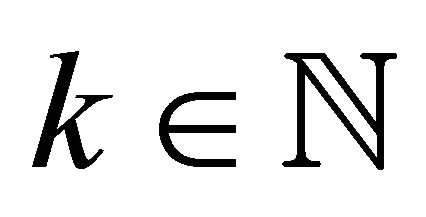 . By frame inequality of
. By frame inequality of
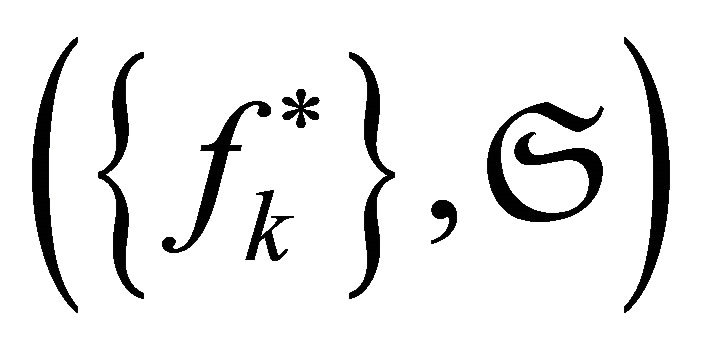 , we conclude that
, we conclude that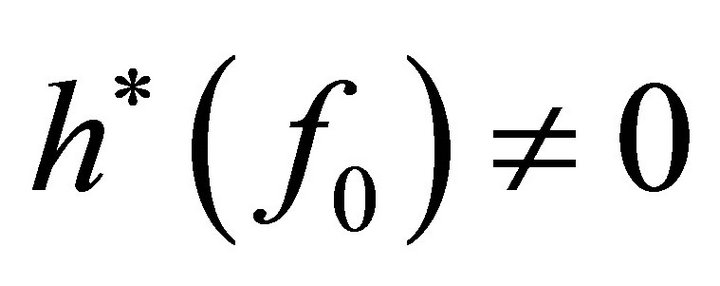 . Put
. Put
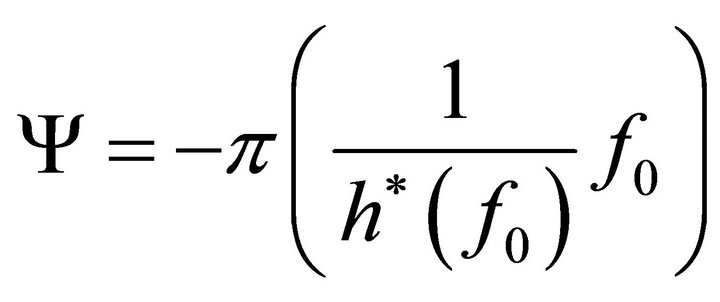 . Then,
. Then, 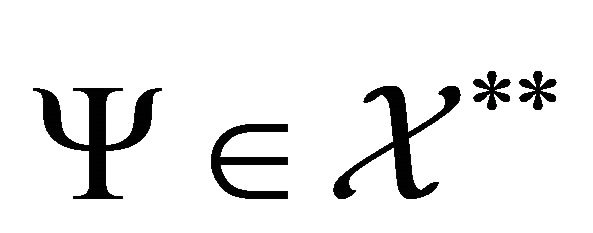 is such that
is such that
 , for all
, for all . Hence
. Hence  is a
is a  -reconstruction system for
-reconstruction system for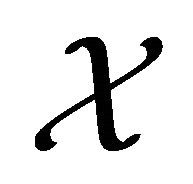 .
.
Remark 4.3 The condition in Proposition 4.2 is not necessary unless  correspond to a vector in
correspond to a vector in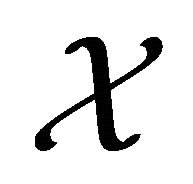 . More precisely, we can find a certain error
. More precisely, we can find a certain error 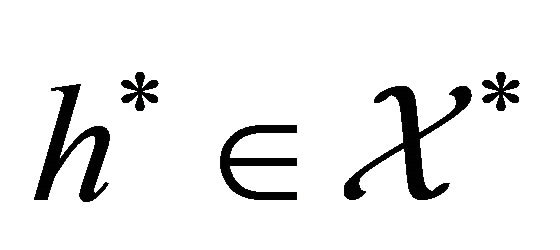 such that there exists no pre-frame operator
such that there exists no pre-frame operator 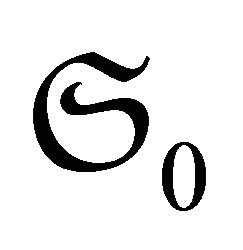 associated with
associated with  provided
provided .
.
Remark 4.4 Let us continue with the outcomes in Proposition 4.2, where 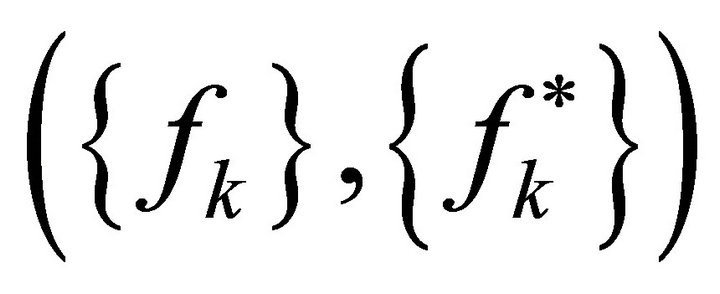 is found to be a
is found to be a
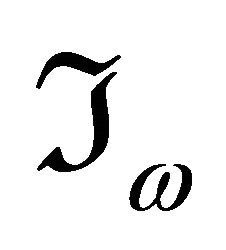 -reconstruction system for
-reconstruction system for 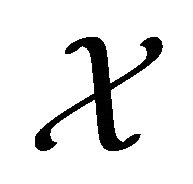 provided there is no pre-frame operator
provided there is no pre-frame operator 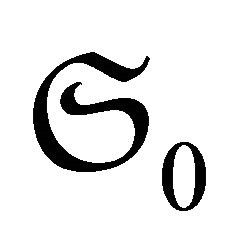 such that
such that  is a Banach frame for
is a Banach frame for , where
, where 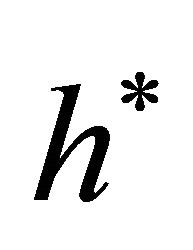 is certain choice of error (functional). A natural problem arises, which is of determining a Banach space
is certain choice of error (functional). A natural problem arises, which is of determining a Banach space 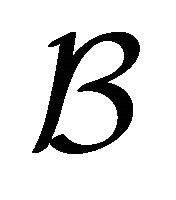 for which the system
for which the system
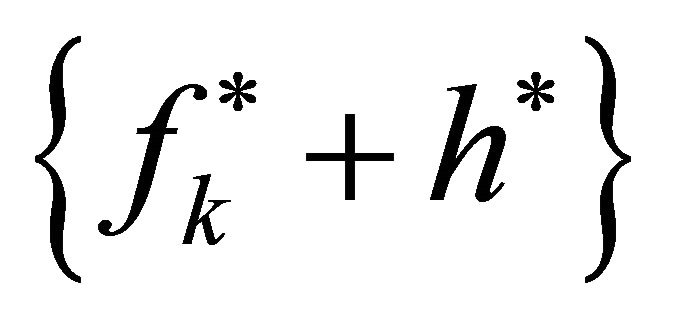 admits a pre-frame operator. Answer to this problem is positive, provided
admits a pre-frame operator. Answer to this problem is positive, provided 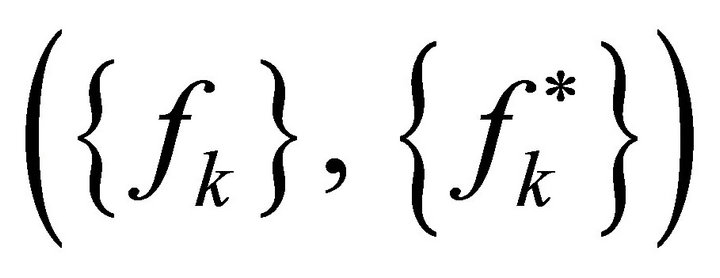 is preshrinking. The outline of construction of such a Banach space can be understood as follows: Put
is preshrinking. The outline of construction of such a Banach space can be understood as follows: Put
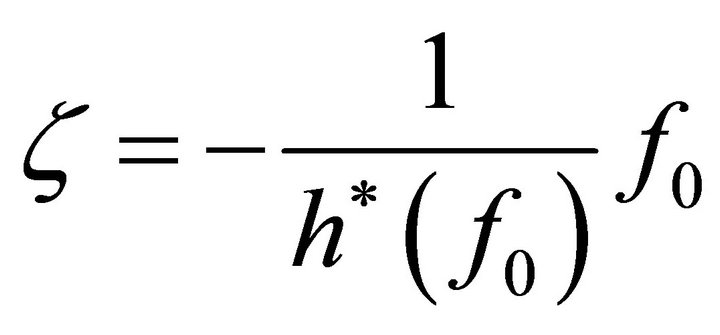 (where
(where 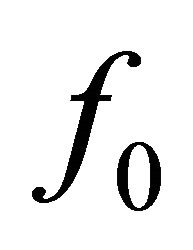 is same as in the proof of Proposition 4.2). Now, there is no pre-frame operator
is same as in the proof of Proposition 4.2). Now, there is no pre-frame operator
 associated with
associated with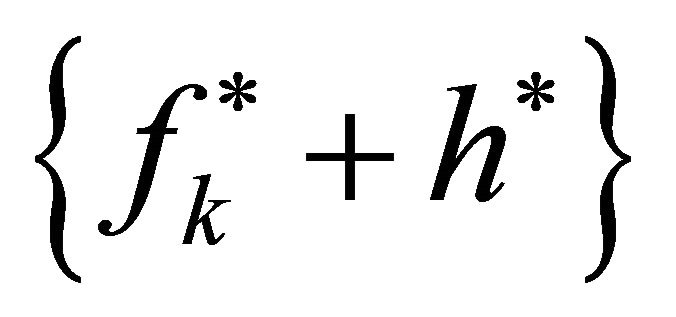 , so there exists a nonzero vector
, so there exists a nonzero vector ![]() such that
such that , for all
, for all
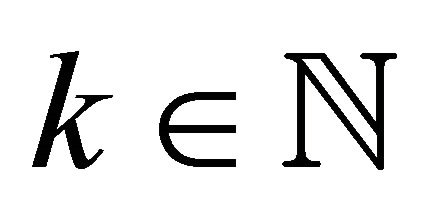 . By using frame inequality of the associated Banach frame
. By using frame inequality of the associated Banach frame  we have
we have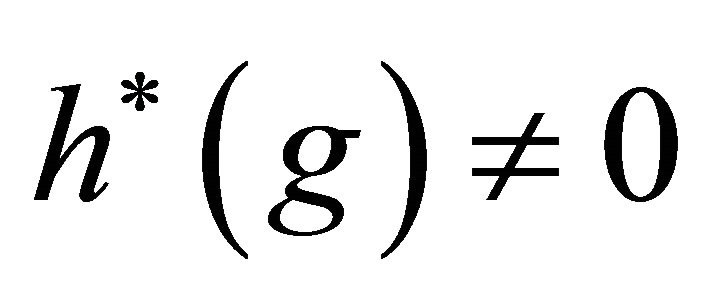 . Put
. Put
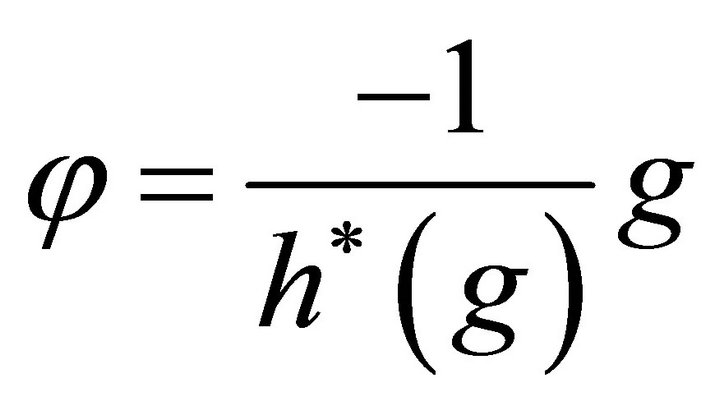 . Then,
. Then, ![]() is a non-zero vector in
is a non-zero vector in 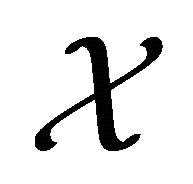 such that
such that , for all
, for all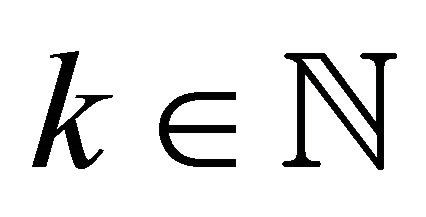 . Therefore,
. Therefore,
 for all
for all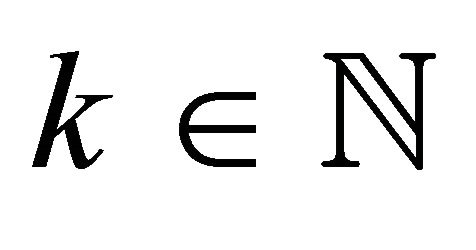 . Now
. Now  is pre-shrinking, so we have
is pre-shrinking, so we have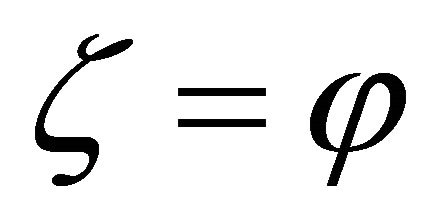 . Hence
. Hence , where
, where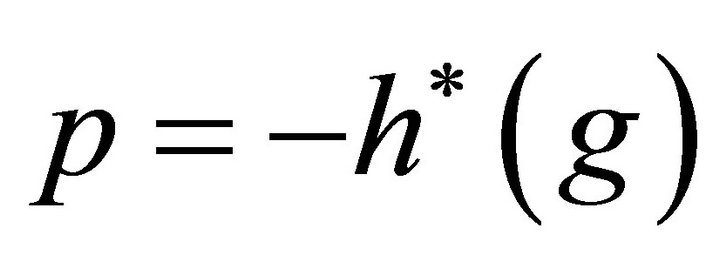 . By using Lemma 2.3 there exists a pre-frame operator
. By using Lemma 2.3 there exists a pre-frame operator 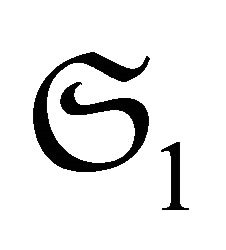 such that
such that  is a Banach frame(normalized tight) for the Banach space
is a Banach frame(normalized tight) for the Banach space  , where
, where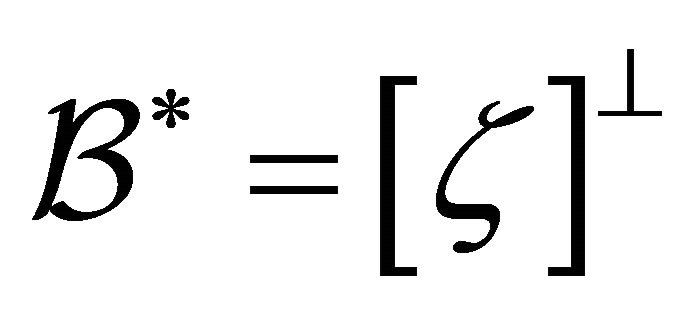 ;
;
![]() .
.
An application of Proposition 4.2 is given below:
Example 4.5 Let 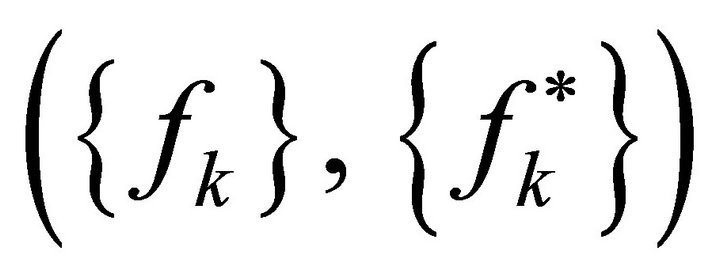 be a reconstruction system given in Example 3.4 for
be a reconstruction system given in Example 3.4 for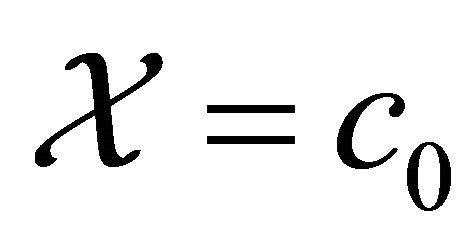 . Then,
. Then,
 is a bounded linear operator such that
is a bounded linear operator such that 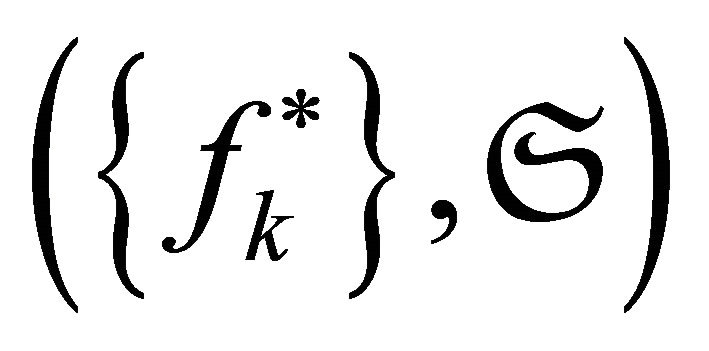 is a Banach frame (associated) for
is a Banach frame (associated) for 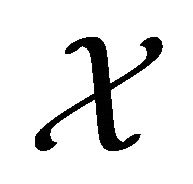 with respect to
with respect to  and with bounds
and with bounds . Put
. Put 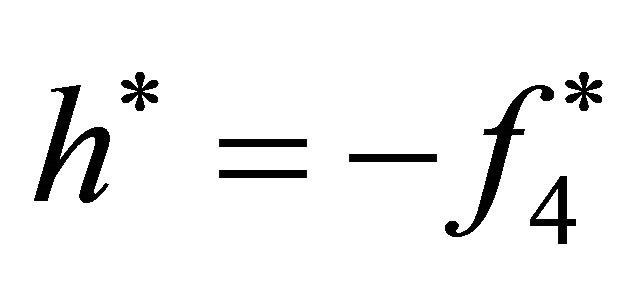 (this choice makes sense, because disturbances are not constant!). Then,
(this choice makes sense, because disturbances are not constant!). Then, 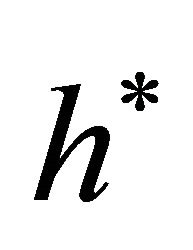 is an error in
is an error in  for which there is no reconstruction operator
for which there is no reconstruction operator 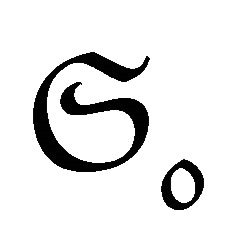 such that
such that  is a Banach frame for
is a Banach frame for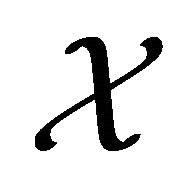 . Hence by Proposition 4.2,
. Hence by Proposition 4.2,  is a
is a
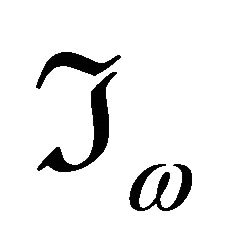 -reconstruction system for
-reconstruction system for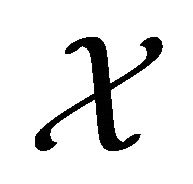 .
. 
Definition 4.6 Fix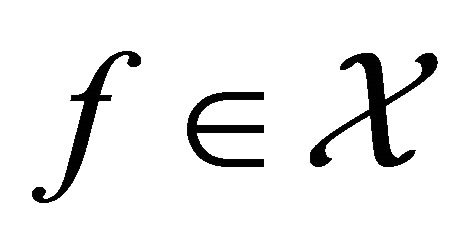 . A pair
. A pair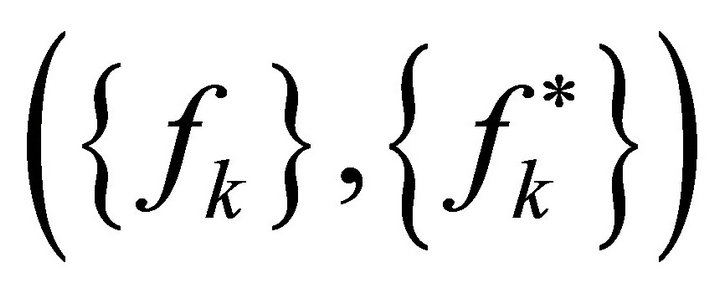 , (where
, (where ) is said to be localized at
) is said to be localized at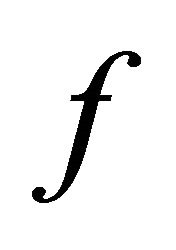 , if
, if , where
, where 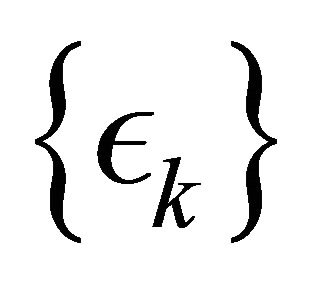 is a sequence of scalars.
is a sequence of scalars.
If  is localized at every
is localized at every 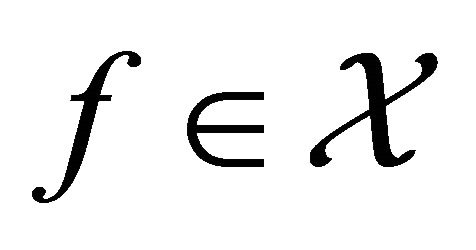 with
with
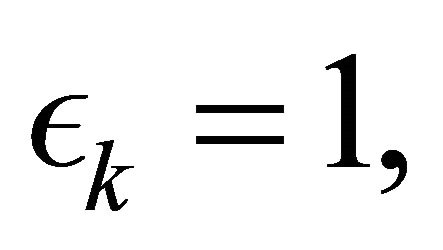 for all
for all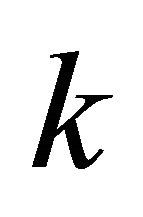 , then
, then 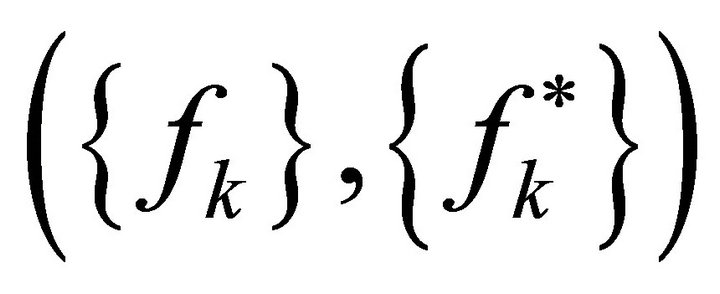 turns out to be a reconstruction system for
turns out to be a reconstruction system for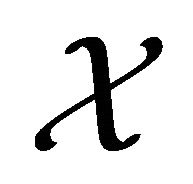 . Consider a reconstruction system
. Consider a reconstruction system 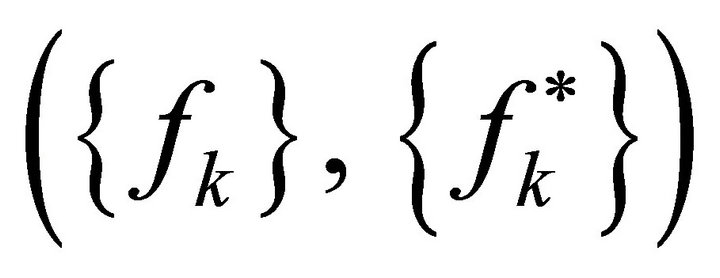 for
for 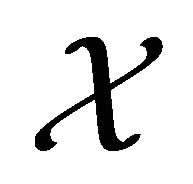 and
and 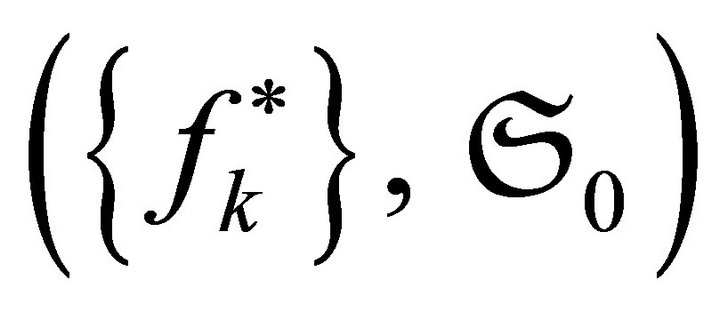 be its associated Banach frame with respect to
be its associated Banach frame with respect to . Let
. Let
 . Then, in general, there is no pre-frame operator
. Then, in general, there is no pre-frame operator 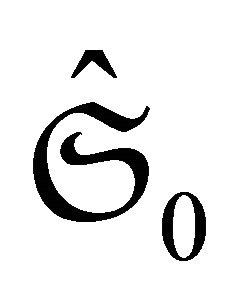 associated with system
associated with system
 . This problem is also known as stability of
. This problem is also known as stability of 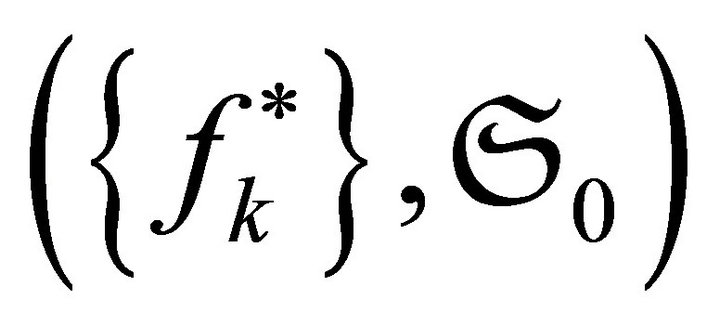 with respect to
with respect to . If
. If
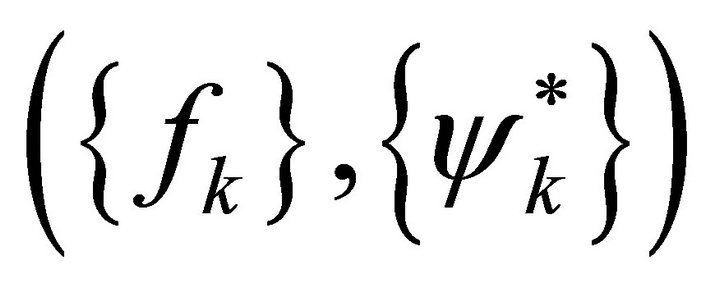 is not localized at certain vectors in
is not localized at certain vectors in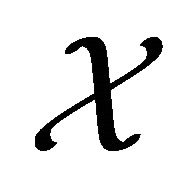 then we can find such pre-frame operator associated with
then we can find such pre-frame operator associated with
 . This is what concluding proposition of this paper says.
. This is what concluding proposition of this paper says.
Proposition 4.7 Let 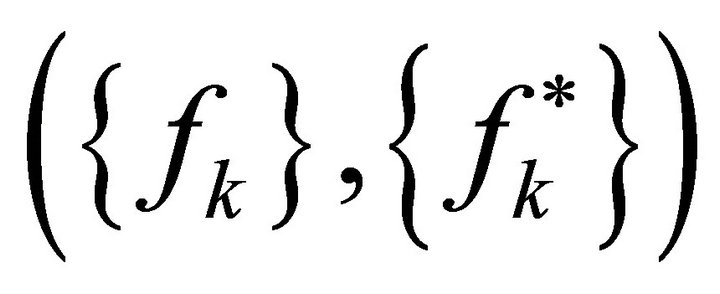 be a reconstruction system for
be a reconstruction system for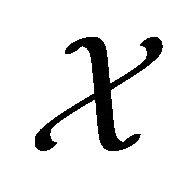 . Assume that
. Assume that 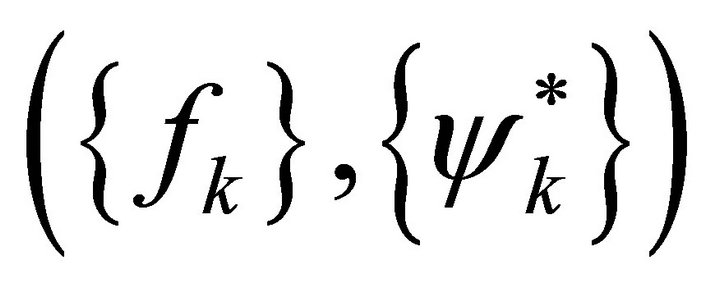 is not localized at
is not localized at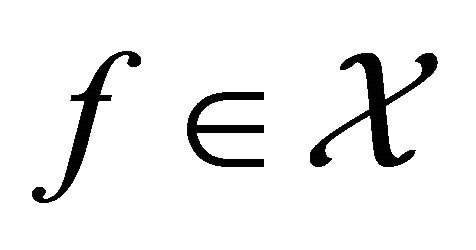 , where
, where 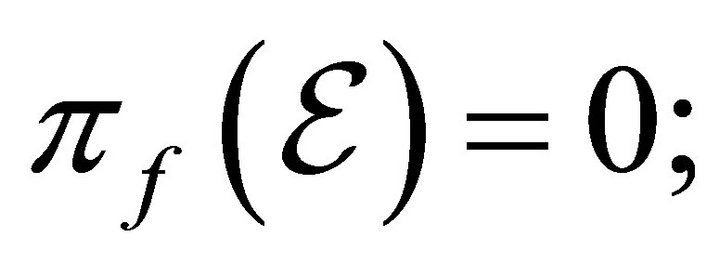
![]() .
.
Then, there exists a pre-frame operator , such that
, such that
 is a Banach frame for
is a Banach frame for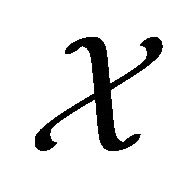 .
.
Proof. Let 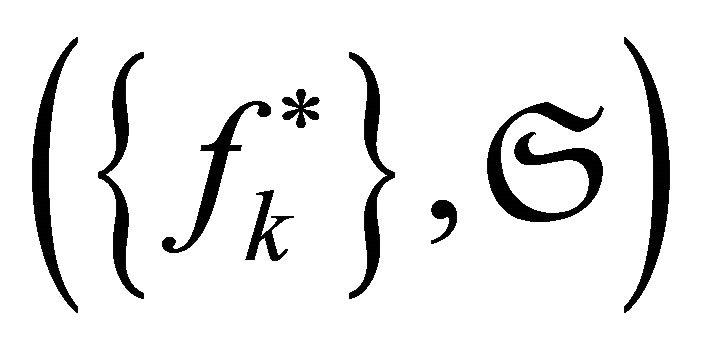 be associated Banach frame of
be associated Banach frame of
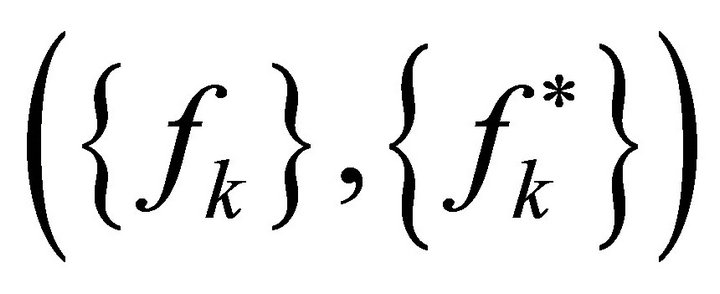 . Let, if possible, there is no reconstruction operator
. Let, if possible, there is no reconstruction operator , such that
, such that
 is a Banach frame for
is a Banach frame for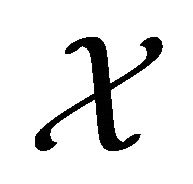 . Then, there exists a non zero vector
. Then, there exists a non zero vector 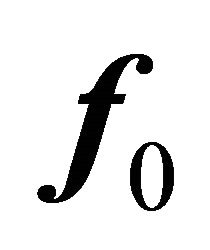 such that
such that  for all
for all 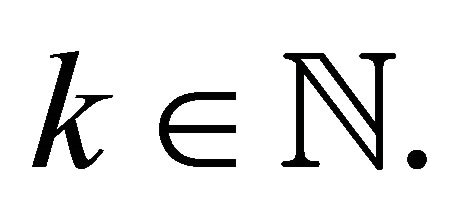
This gives

By using frame inequality of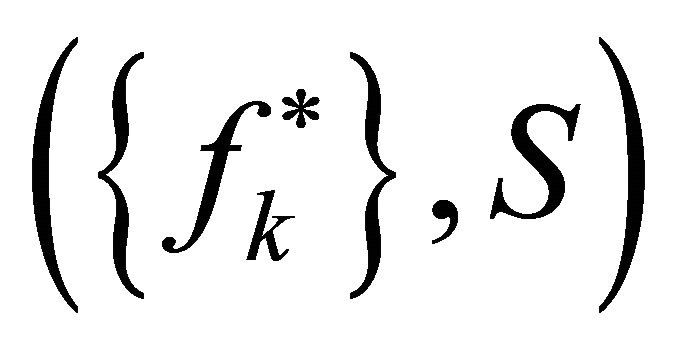 , we obtain,
, we obtain,

Since 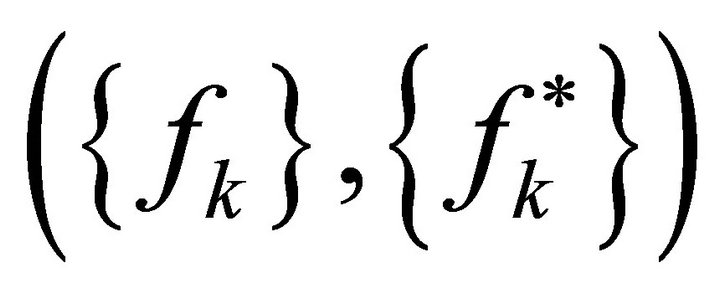 is a reconstruction system for
is a reconstruction system for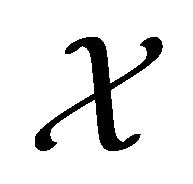 , we have
, we have

Thus, 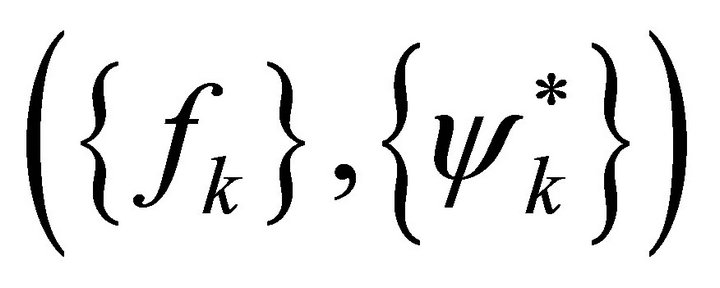 is localized at
is localized at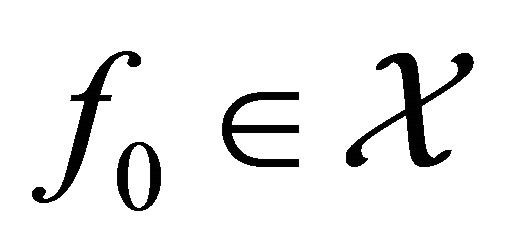 , where
, where
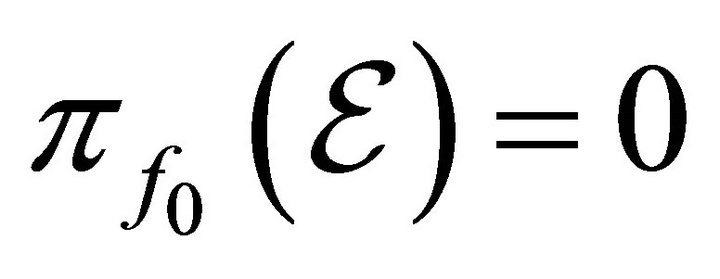 , a contradiction. Hence there exists a preframe operator
, a contradiction. Hence there exists a preframe operator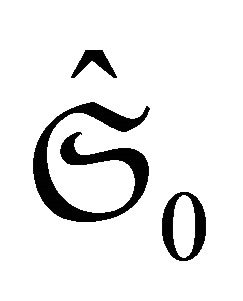 , such that
, such that
 is a Banach frame for
is a Banach frame for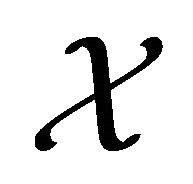 .
.
5. Conclusion
The notion of 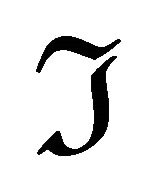 -reconstruction property is proposed in section 3 and its characterization in terms of frames in Banach spaces is given. More precisely, Proposition 3.5 characterize
-reconstruction property is proposed in section 3 and its characterization in terms of frames in Banach spaces is given. More precisely, Proposition 3.5 characterize 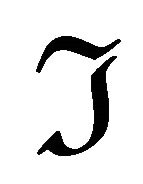 -reconstruction property in terms of existence of pre-frame operator but in a contrapositive way. This situation is same as in electrodynamics, where there is a game of movement of electron but charge given to electron is negative! Moreover, the action of a functional from
-reconstruction property in terms of existence of pre-frame operator but in a contrapositive way. This situation is same as in electrodynamics, where there is a game of movement of electron but charge given to electron is negative! Moreover, the action of a functional from 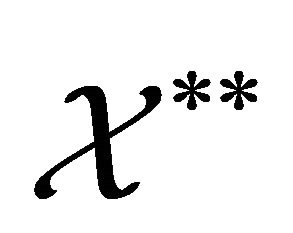 on a given system from
on a given system from 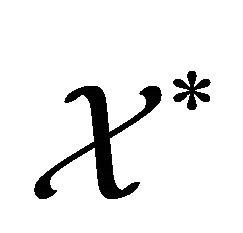 decide the existence of pre-frame operator associated with certain system. This looks like dynamics of reconstruction property. By motivation from the theory of frames for Hilbert spaces which control the perturbed system associated with a signal in space(after its transmission), we extend the said situation to Banach spaces. More precisely, Proposition 4.2 control the situation in abstract setting via non-existence of pre-frame operator. Finally, the notion of local reconstruction system is proposed and its utility in complicated stability of associated Banach frames is reflected in Proposition 4.7.
decide the existence of pre-frame operator associated with certain system. This looks like dynamics of reconstruction property. By motivation from the theory of frames for Hilbert spaces which control the perturbed system associated with a signal in space(after its transmission), we extend the said situation to Banach spaces. More precisely, Proposition 4.2 control the situation in abstract setting via non-existence of pre-frame operator. Finally, the notion of local reconstruction system is proposed and its utility in complicated stability of associated Banach frames is reflected in Proposition 4.7.
REFERENCES
- P. G. Casazza and O. Christensen, “The Reconstruction Property in Banach Spaces and a Perturbation Theorem,” Canadian Mathematical Bulletin, Vol. 51, No. 3, 2008, pp. 348-358. doi:10.4153/CMB-2008-035-3
- R. J. Duffin and A. C. Schaeffer, “A Class of Non-Harmonic Fourier Series,” Transactions of the American Mathematical Society, Vol. 72, No. 2, 1952, pp. 341-366. doi:10.1090/S0002-9947-1952-0047179-6
- D. Gabor, “Theory of Communications. Part 1: The Analysis of Information,” Journal of the Institution of Electrical Engineers, Vol. 93, No. 26, 1946, pp. 429-457.
- I. Daubechies, A. Grossmann and Y. Meyer, “Painless Non-Orthogonal Expansions,” Journal of Mathematical Physics, Vol. 27, No. 5, 1986, pp. 1271-1283. doi:10.1063/1.527388
- K. Gröchenig, “Describing Functions: Atomic Decompositions versus Frames,” Monatshefte für Mathematik, Vol. 112, No. 1, 1991, pp. 1-42. doi:10.1007/BF01321715
- H. G. Feichtinger and K. Gröchenig, “Banach Spaces Related to Integrable Group Representations and Their Atomic Decompositions, I,” Journal of Functional Analysis, Vol. 86, No. 2, 1989, pp. 305-340. doi:10.1016/0022-1236(89)90055-4
- H. G. Feichtinger and K. Gröchenig, “Banach Spaces Related to Integrable Group Representations and Their Atomic Decompositions, II,” Monatshefte für Mathematik, Vol. 108, No. 2-3, 1989, pp. 129-148. doi:10.1007/BF01308667
- O. Christensen and C. Heil, “Perturbation of Banach Frames and Atomic Decomposition,” Mathematische Nachrichten, Vol. 185, No. 1, 1997, pp. 33-47. doi:10.1002/mana.3211850104
- R. R. Coifman and G. Weiss, “Extensions of Hardy Spaces and Their Use in Analysis,” Bulletin of the American Mathematical Society, Vol. 83, No. 4, 1977, pp. 569-645. doi:10.1090/S0002-9904-1977-14325-5
- R. Young, “A Introduction to Non-Harmonic Fourier Series,” Academic Press, New York, 1980.
- I. Daubechies, “Ten Lectures on Wavelets,” Society for Industrial and Applied Mathematics (SIAM), Philadelphia, 1992. doi:10.1137/1.9781611970104
- C. Heil and D. Walnut, “Continuous and Discrete Wavelet Transforms,” SIAM Review, Vol. 31, No. 4, 1989, pp. 628-666. doi:10.1137/1031129
- O. Christensen, “Frames and Bases (An Introductory Course),” Birkhäuser, Boston, 2008.
- P. K. Jain, S. K. Kaushik and L. K. Vashisht, “Banach Frames for Conjugate Banach Spaces,” Zeitschrift für Analysis und ihre Anwendungen, Vol. 23, No. 4, 2004, pp. 713-720. doi:10.4171/ZAA/1217
- P. G. Casazza, D. Han and D. R. Larson, “Frames for Banach Spaces,” Contemporary Mathematics, Vol. 247, 1999, pp. 149-182. doi:10.1090/conm/247/03801
- L. K. Vashisht, “On Φ-Schauder Frames,” TWMS Journal of Applied and Engineering Mathematics (JAEM), Vol. 2, No. 1, 2012, pp. 116-120.
- M. A. Neumark, “Linear Differential Operator (Translation from the Russian),” Akademie-Verlag, Berlin, 1960.
- F. Riesz and B.Sz.-Nagy, “Functional Analysis,” F. Ungar Co., New York, 1955.

